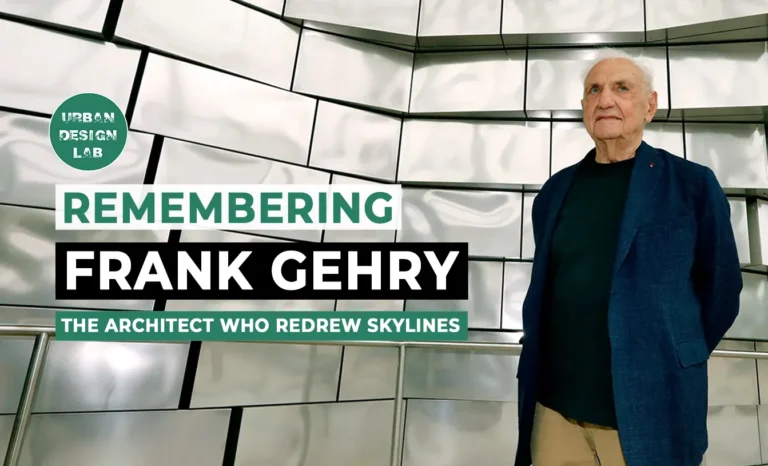
Augmented and Virtual Reality Technologies for Immersive Urban Experience

Imagine walking in the city where the visual experience could be suited for each person preferences. Different vegetation species that could be rare, creatures which couldn’t live in that region, or even famous artworks made by pioneers could be around the city users.
VR and AR technologies leverage powerful tools for making life more interactive and inclusive. In urban context, these technologies could enrich the visual experience for city users. In addition to making, it more interactive with some responsive tools, user could be informed with information about anything could be perceived or he could navigate easier through the city. However, excessive using for such technologies could ruin some of the urban experience if there aren’t some regulations about it.
Missing part in urban design
Briefly, Urban design shapes the physical dimensions of life within cities, encompassing the design of streets, spaces, buildings, and landscapes.
Public spaces or main spaces got a lot of focus form the designers such as open spaces, green plots like gardens. However, there are some in-between leftover spaces got less attention form the designers. These spaces that could be considered as urban voids. For instance:
- Street alleys: the circulation spaces that neglected within the main spaces and primary streets
- Infrastructures: the abundant structures, highways and expressways. Bridges for instance.
- Unclear places: pieces of land or area that cannot be used effectively such as vacant lots, or brownfields.
These spaces are often not design well. But they are put into consideration, the urban experience could be enhanced. There are some examples for using these spaces in urban context, Bentway Staging Grounds for instance.
VR and AR technologies, accessible via smartphones or headsets, offer a cost-effective way to augment existing spaces with virtual elements or to entirely redesign urban voids, creating subjective experiences for city users. Understanding the methodologies and specific tools involved is crucial for their effective implementation.
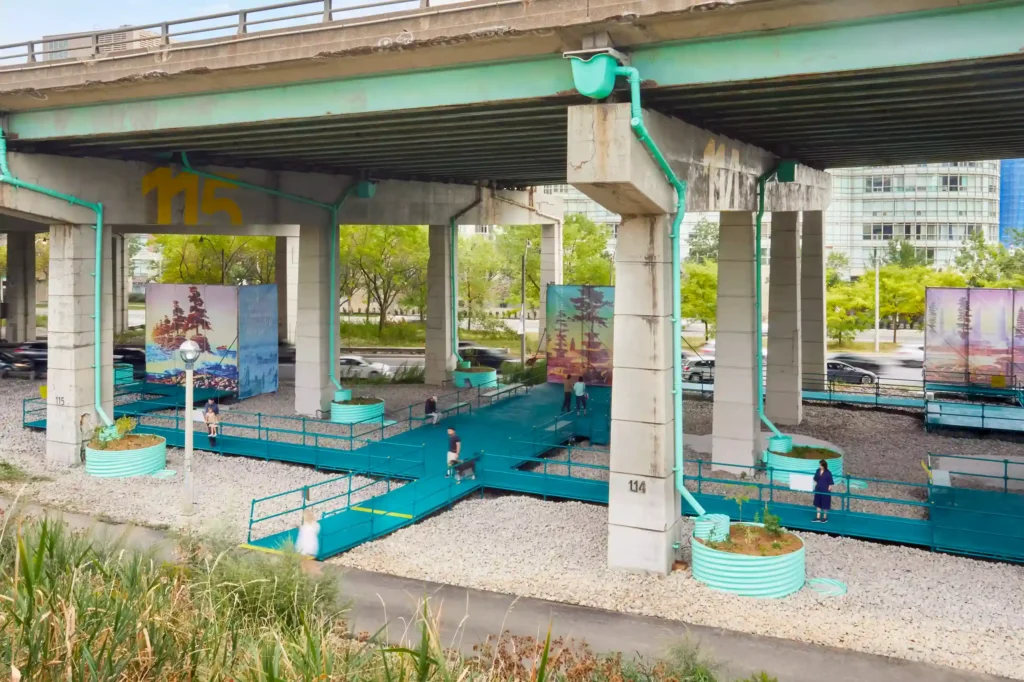
VR, AR, and their capabilities
Virtual reality (VR) is producing fully immersive interconnected universe that entirely computer generated without physical limitation. Augmented reality (AR) is enriching physical world by overlaying digital information and objects to real world simply morphing digital and real world, which makes AR more efficient.
AR can be experienced using common devices such as smartphones and tablets, or dedicated headsets. VR demands more complex hardware, including head-mounted displays, body tracking, and high-performance computers for full immersion.
With applications spanning education, health, art, tourism, and urban design, these technologies are also extensively used in the design sector, offering examples like:
- Ikea Place app: it’s an AR application that lets users experience the furniture designs on any space while using smartphones.
- Arki: this is an app used to allow designer visualize 3D architectural models in real-time AR.
- Fologram: This tool transforms 3D models into full-size construction instructions using AR glasses like the HoloLens.
- Google maps: “Google maps” with AR live view is a feature overlays navigation directions onto the real-world captured by your phone’s camera.
- AR codes: (used in smart cities) this is enhanced QR code that trigger AR experience when scanned by smartphones, used in bus stops or historical sites.
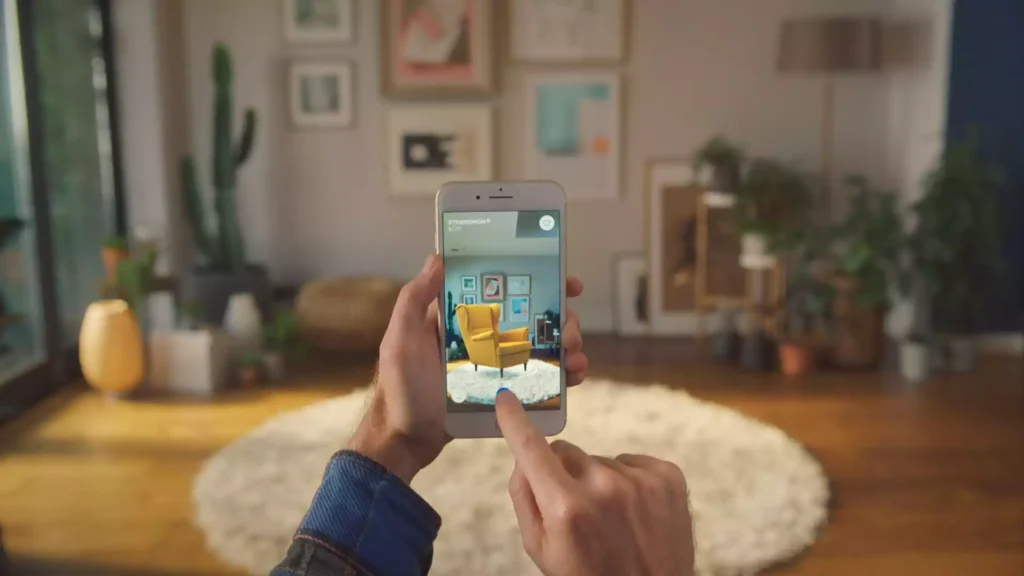
Source: Website Link
Using Virtual Technologies in everyday urban life
Virtual technologies empower designers and architects to experiment with ideas at real-life scale, visualize designs in 1:1 scale model for more precise feedback, and create various (iterative) designs, even if not feasible in real life. These tools also engage city users and stakeholders in design decisions through more tangible methods.
For city inhabitants, VR and AR revolutionize urban engagement. With some personal preferences, wearable tech like AR glasses can enhance visual experiences through the city, by mural art for blank walls or sculptures for street landmarks, creating personalized realities. These technologies could enhance lower income communities could have the same type of aesthetics of the wealthier neighborhood, more green spaces and diverse architecture elements. Furthermore, they are capable to fill the gap of the urban voids make the journey through the city different.
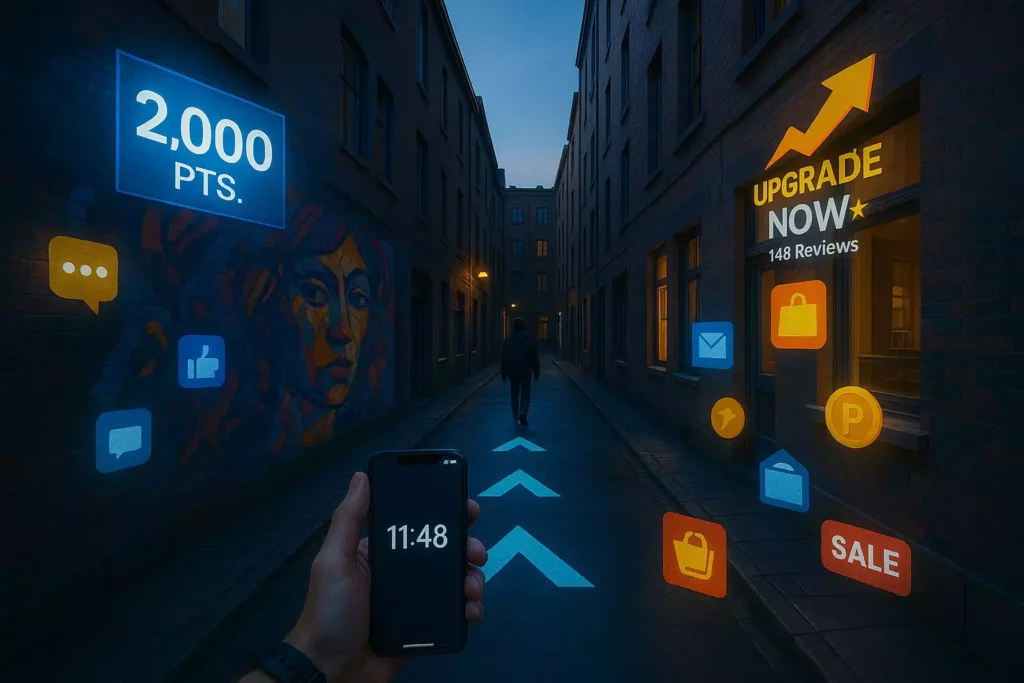
Source: author
Filling the gap as the main advantage
Local communities often aim to beautify their neighborhoods, a process that typically requires significant funding or engagement. AR tools offer a more cost-effective and aesthetically impactful alternative. Virtual technologies are powerful for designing missing urban elements, such as transforming unused highway infrastructure spaces into vibrant public areas. Hardscape elements can be enhanced with rich visual details or artistic styles. Similarly, generic architectural elements like concrete columns can be virtually enriched with details, transforming them into Greek or Roman orders, or incorporating Renaissance aesthetics with minimal cost and materials.
In green and open city spaces, AR tools can effectively bridge gaps between similar elements, whether it’s vegetation or around water features like fountains. For instance, between each two elements AR could implement another element which might be unique. This virtual enrichment enhances the city’s visual appeal without ruining from the urban experience, allowing the city to evolve over time with its users.

Source: author
Dystopian scenario for virtual technologies and how to avoid
Any technology could ruin some physical experiences if it misused. The excessiveness of usage for some of these technologies negatively affect other senses. It could be easier to make public spaces with some greenery and hardscape, but it doesn’t smell like tree or cedar. The visual appearance of the grass would affect the texture of the grass. Other senses that are responsible for perceiving the space could be disturbed.
Using AR or VR technologies without regulations or rules could make a gap between society sectors. The one how could afford the cost could have access to more information or better spatial experience, or having an urban experience with less ads and more comfortable space. These could be avoided with right guidance and restrict rules to provide a fair experience with visual enhancements for every city user.
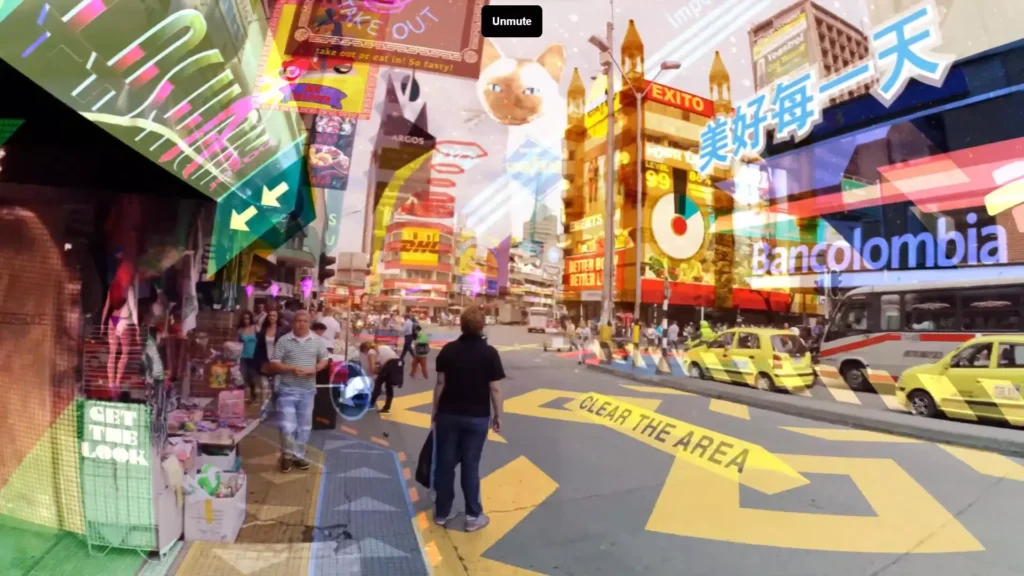
Conclusion
Augmented and virtual reality technologies hold vast potential to enrich urban life by making cities more interactive, inclusive, and visually engaging. They offer innovative solutions for revitalizing underutilized urban spaces, enhancing user experience through personalized and cost-effective interventions. However, to ensure the contribution of these tools positively without compromising sensory or social balance, clear regulations and equitable access are crucial. When thoughtfully applied, these technologies can bridge gaps—both physical and social—shaping future cities that grow in harmony with their inhabitants.
References
- Aleha, A. (2023, April 17). Urban void as an urban catalyst bridging the gap between the community. Frontiers in Built Environment. https://www.frontiersin.org/journals/built-environment/articles/10.3389/fbuil.2023.1068897/full
- AR Code. (2025, May 6). How augmented reality codes can make our cities smarter? https://ar-code.com/blog/ar-codes-for-smart-cities
- DamiLee. (2023, August 31). Virtual reality is not what you think [Video]. YouTube. http://www.youtube.com/watch?v=wsFOLf1WvNs
- Matsuda, K. (n.d.). Projects. http://km.cx/projects
- Tulane School of Professional Advancement. (n.d.). What’s the difference between AR and VR? https://sopa.tulane.edu/blog/whats-difference-between-ar-and-vr
- UrbanAR. (2020, December 29). UrbanAR – An augmented reality design tool for urban design and planning [Video]. YouTube. http://www.youtube.com/watch?v=v48o3fjZuBA
- ArborXR. (n.d.). AR vs. VR: We compare technologies, use cases & benefits. https://arborxr.com/blog/ar-vs-vr
- DARF DESIGN. (2022, May 20). 7 ways augmented reality will revolutionise our cities. https://www.darfdesign.com/blog/7-ways-augmented-reality-will-revolutionise-our-cities
- Eastern Engineering Group. (2024, October 25). Transforming AEC and urban planning: Harnessing the power of virtual and augmented reality. https://www.easternengineeringgroup.com/transforming-aec-and-urban-planning-harnessing-the-power-of-virtual-and-augmented-reality/
- The Bentway. (2023, August 9). Bentway staging grounds. https://thebentway.ca/event/bentway-staging-grounds/
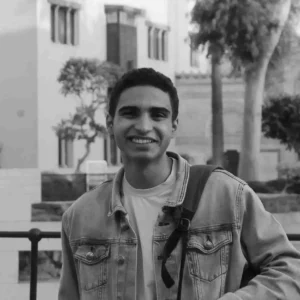
Nour Elden Mohamed
About the author
An undergraduate architecture student in Alexandria university, Faculty of Engineering, who is interested in the intersection of art, history, and architecture theory.
Related articles

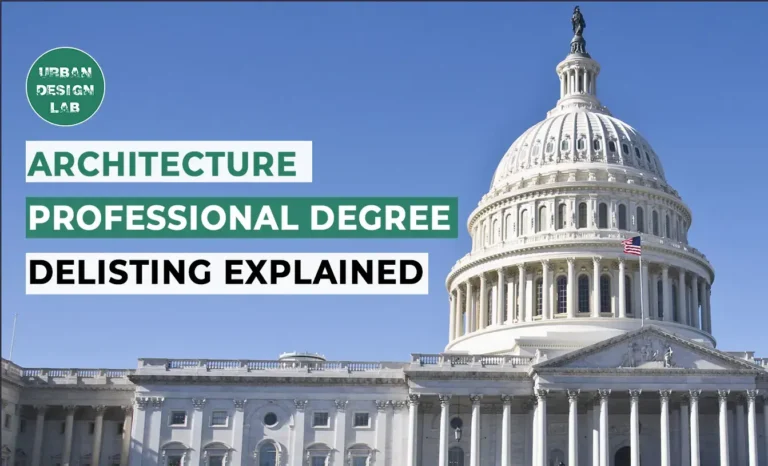
Architecture Professional Degree Delisting: Explained
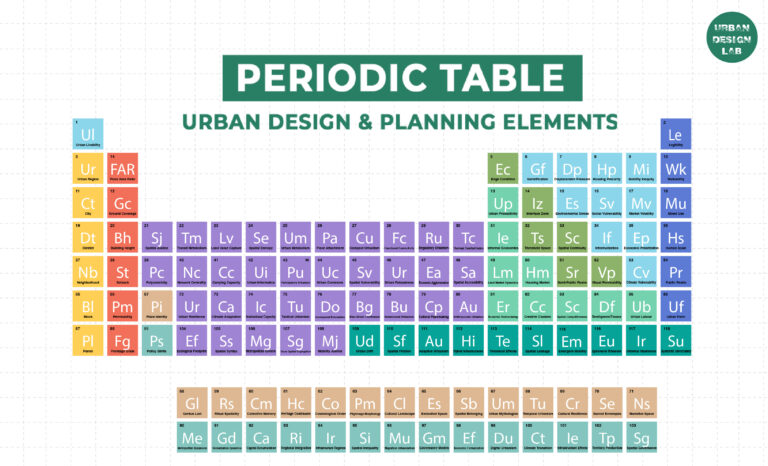
Periodic Table for Urban Design and Planning Elements
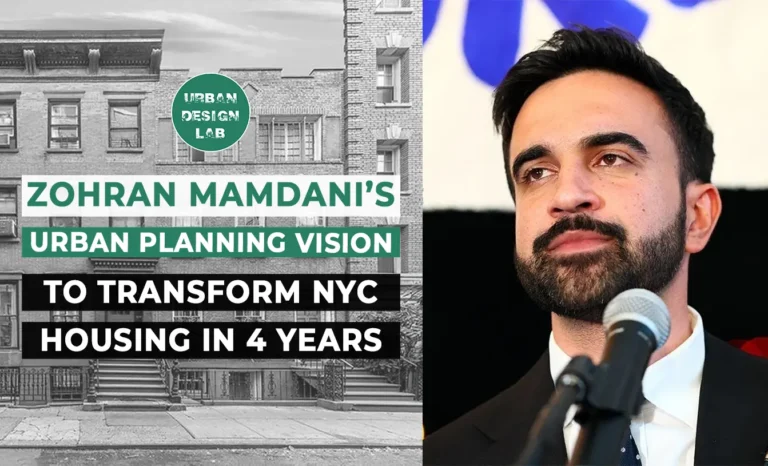
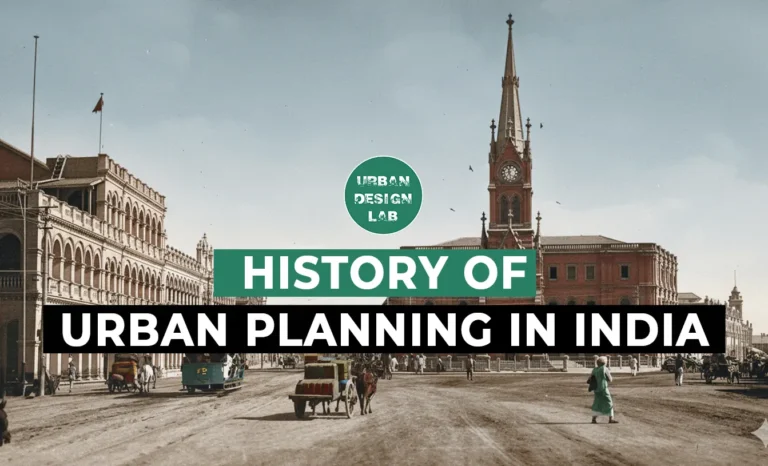
History of Urban Planning in India
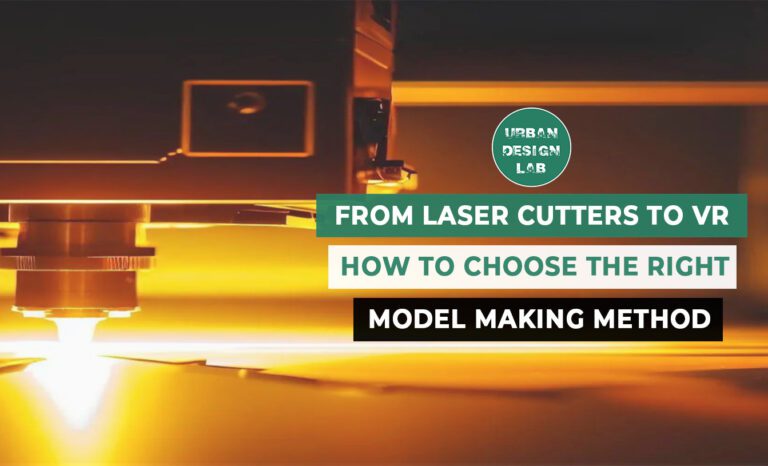
From Laser Cutters to VR How to Choose the Right Model Making Method
UDL Illustrator
Masterclass
Visualising Urban and Architecture Diagrams
Session Dates
17th-18th January 2026
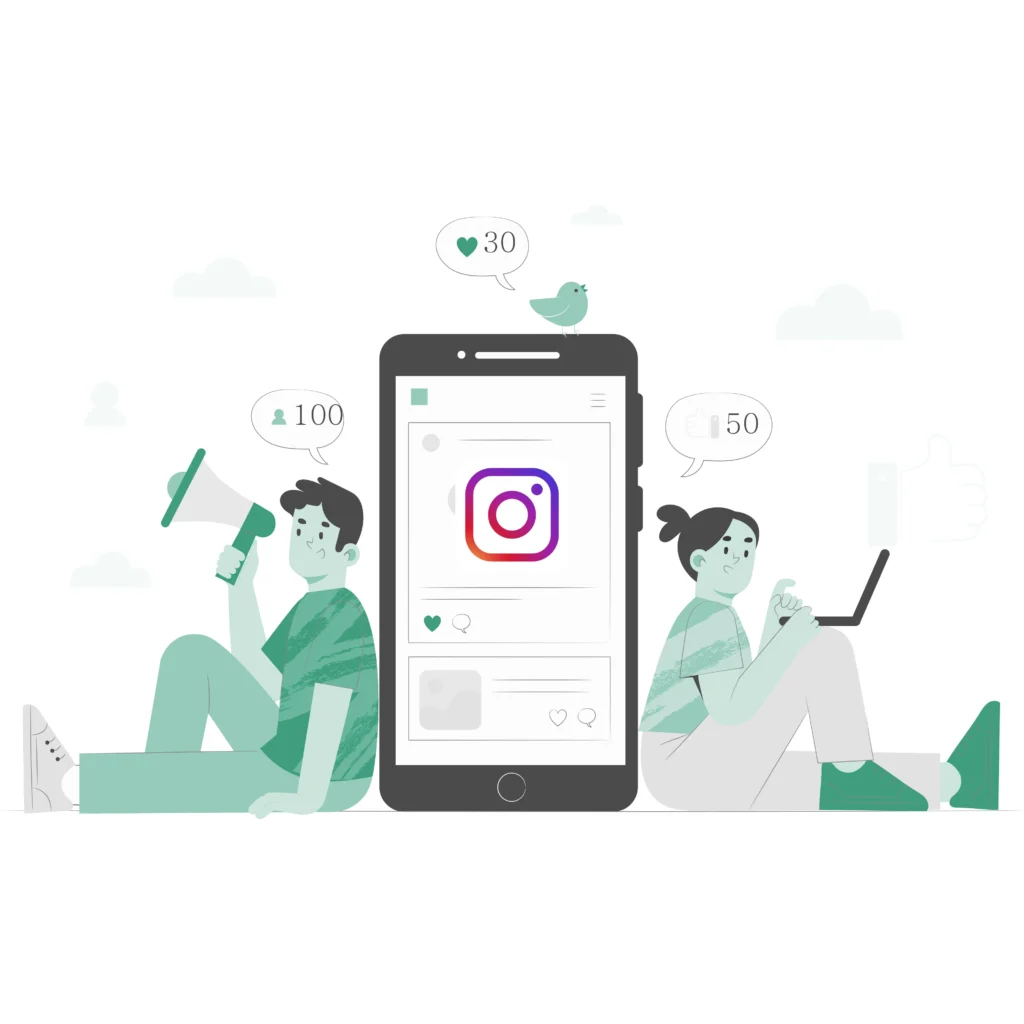
Urban Design Lab
Be the part of our Network
Stay updated on workshops, design tools, and calls for collaboration
Curating the best graduate thesis project globally!
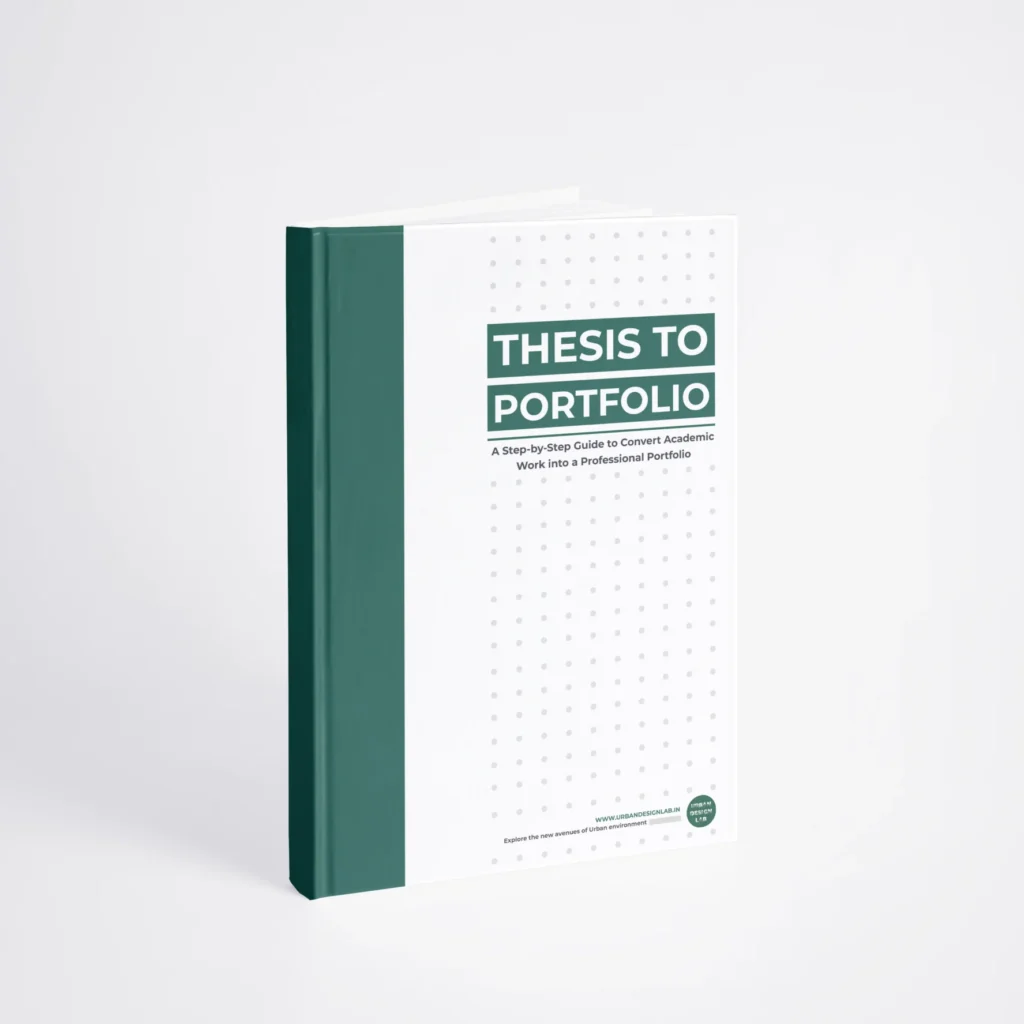
Free E-Book
From thesis to Portfolio
A Guide to Convert Academic Work into a Professional Portfolio”
Recent Posts
- Article Posted:
- Article Posted:
- Article Posted:
- Article Posted:
- Article Posted:
- Article Posted:
- Article Posted:
- Article Posted:
- Article Posted:
- Article Posted:
- Article Posted:
- Article Posted:
Sign up for our Newsletter
“Let’s explore the new avenues of Urban environment together “
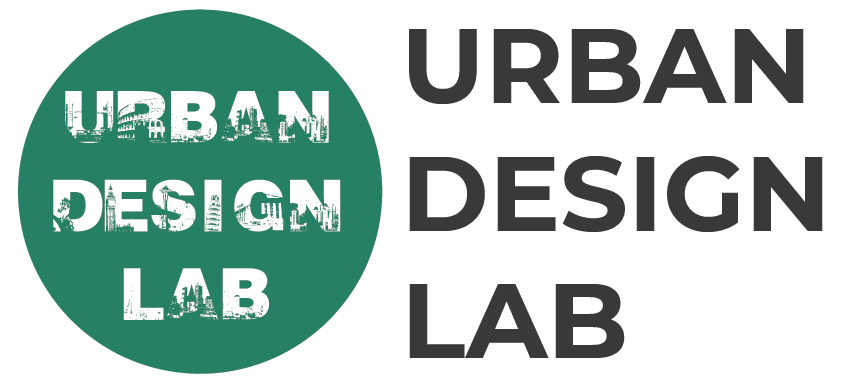
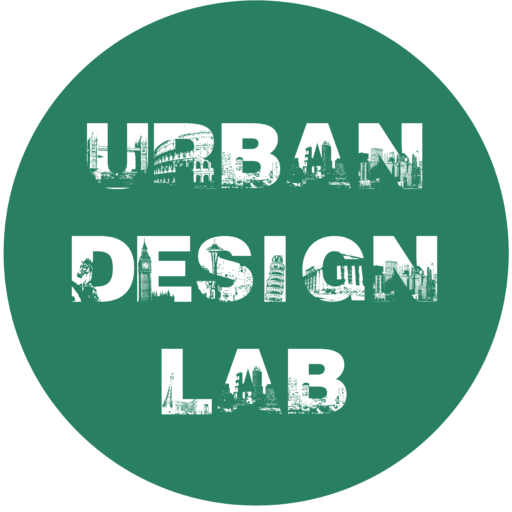

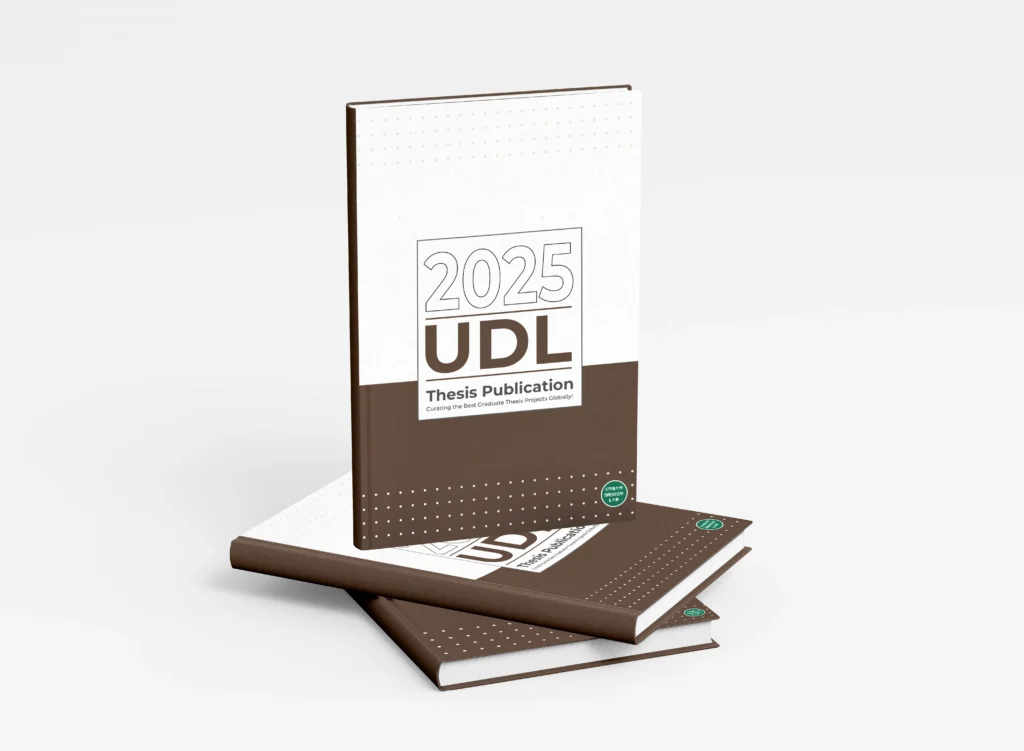
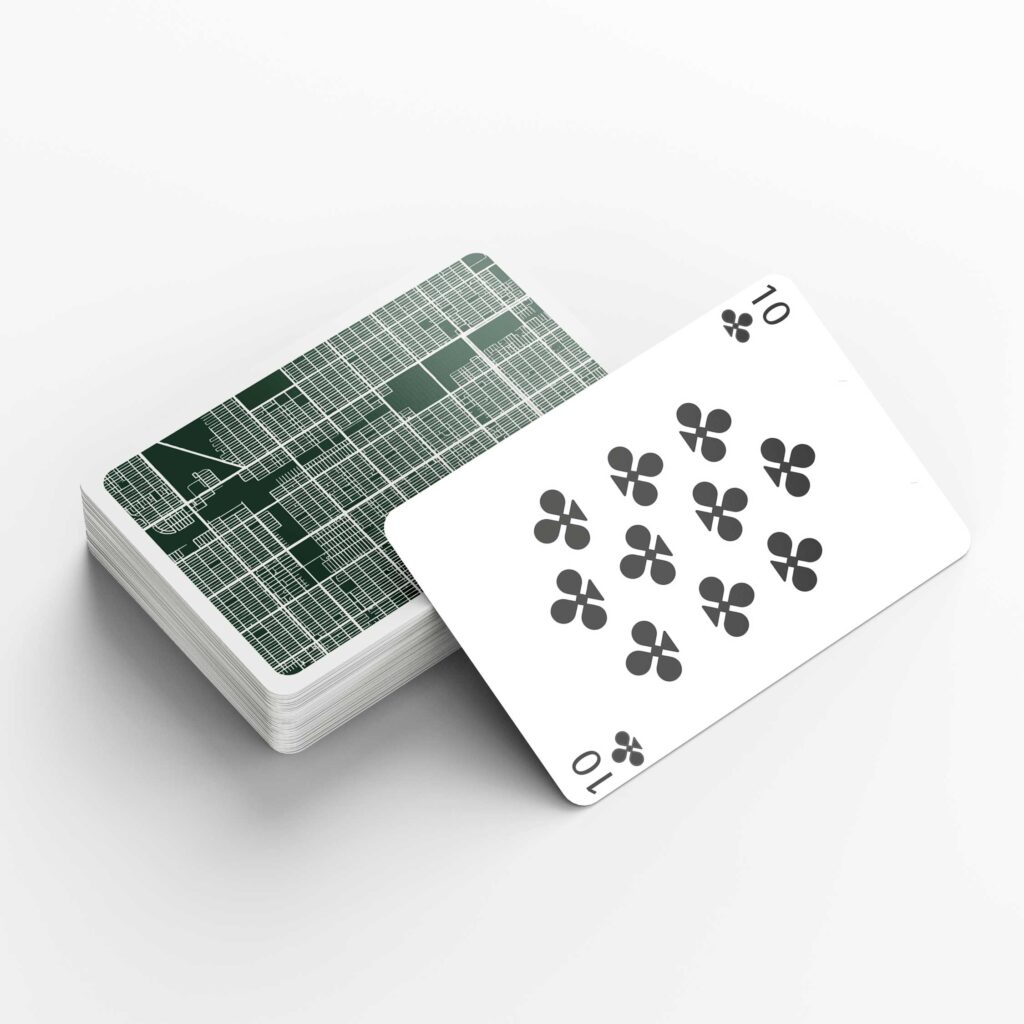
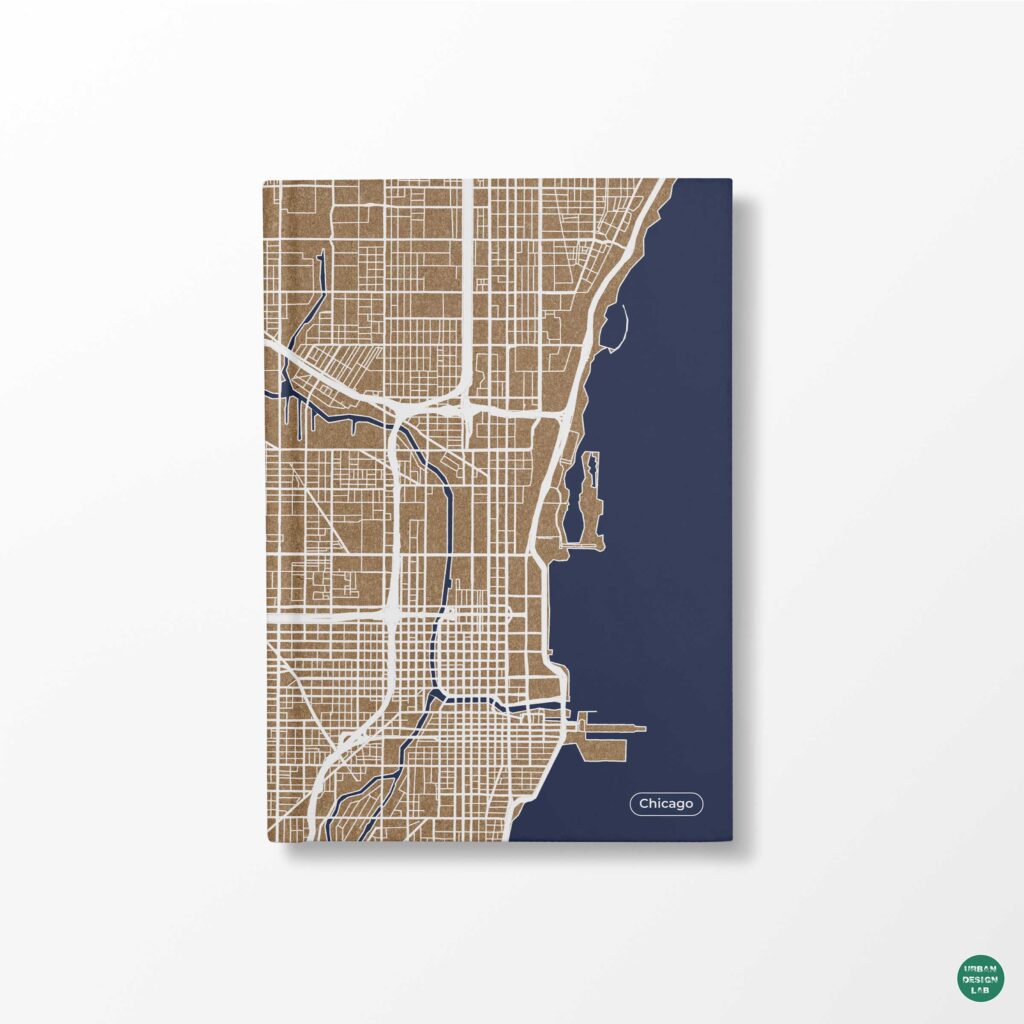

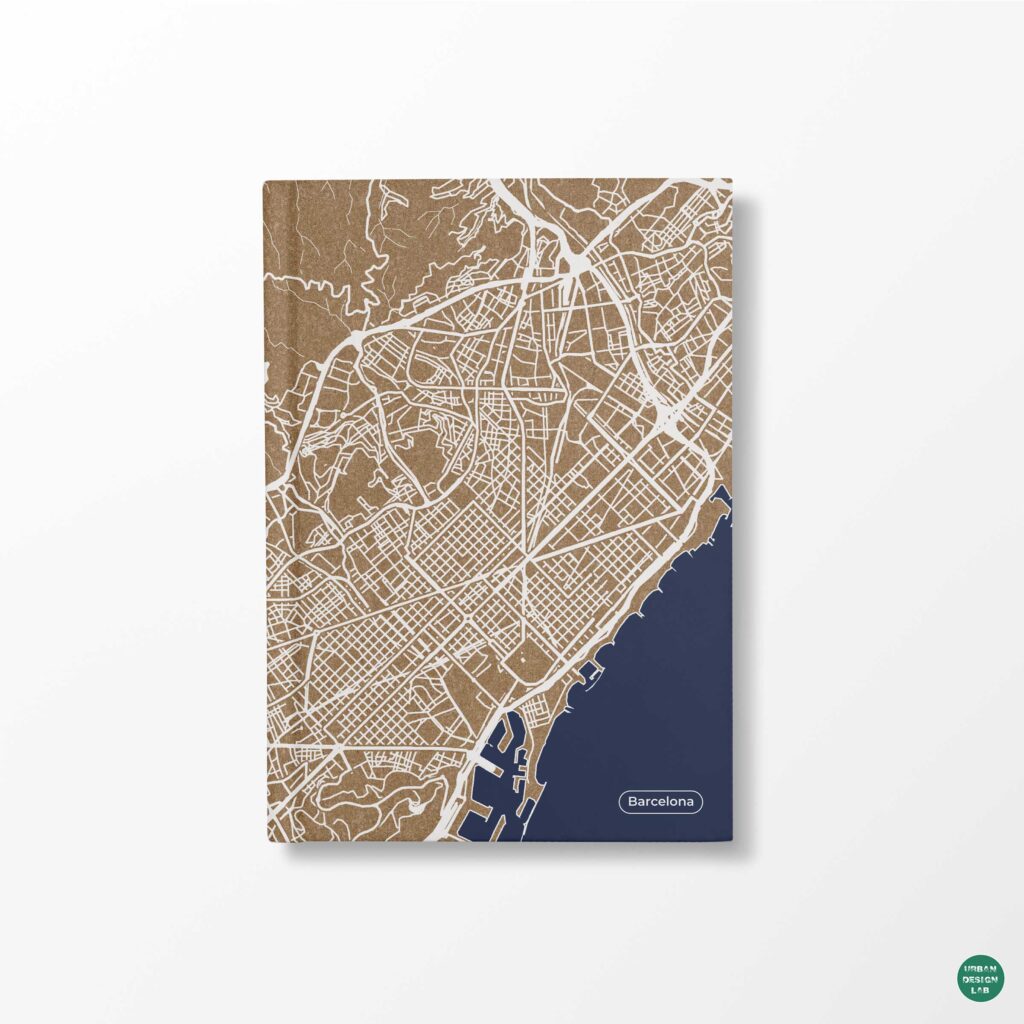
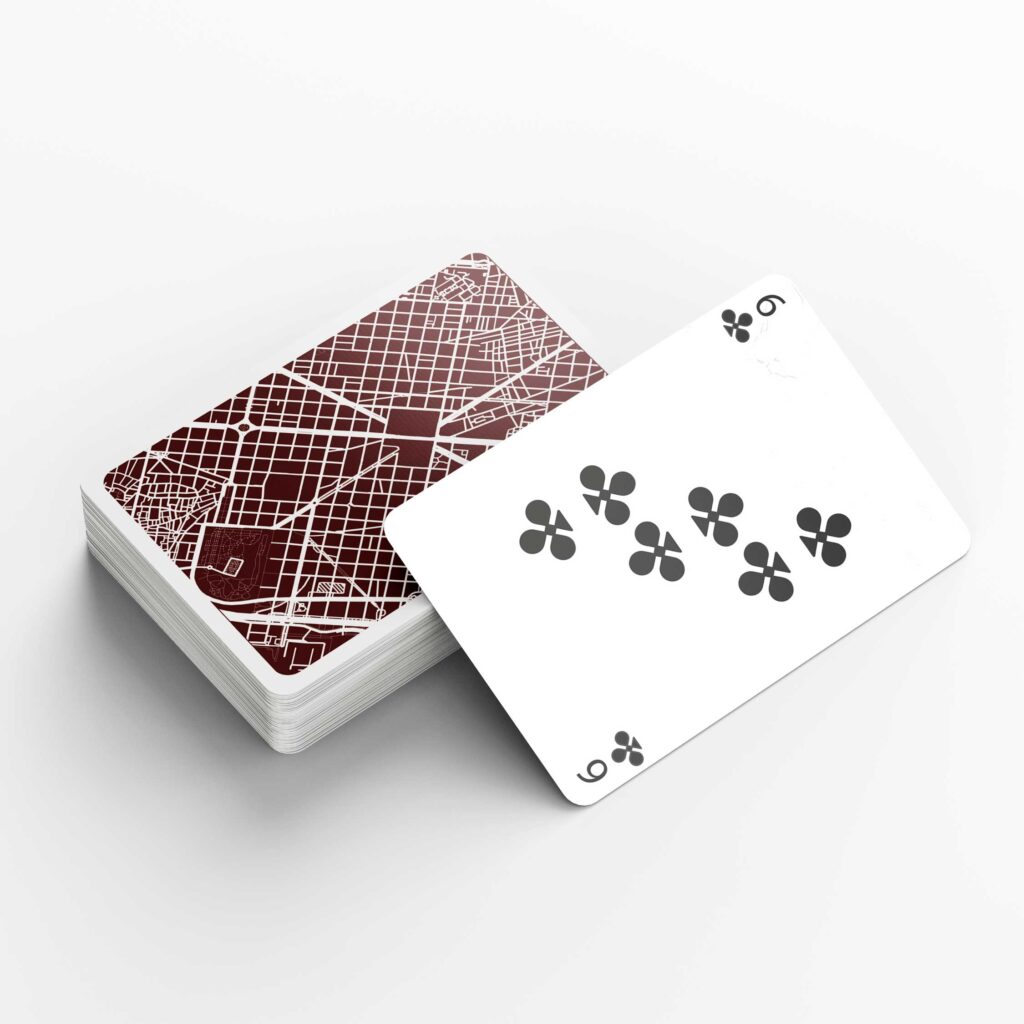
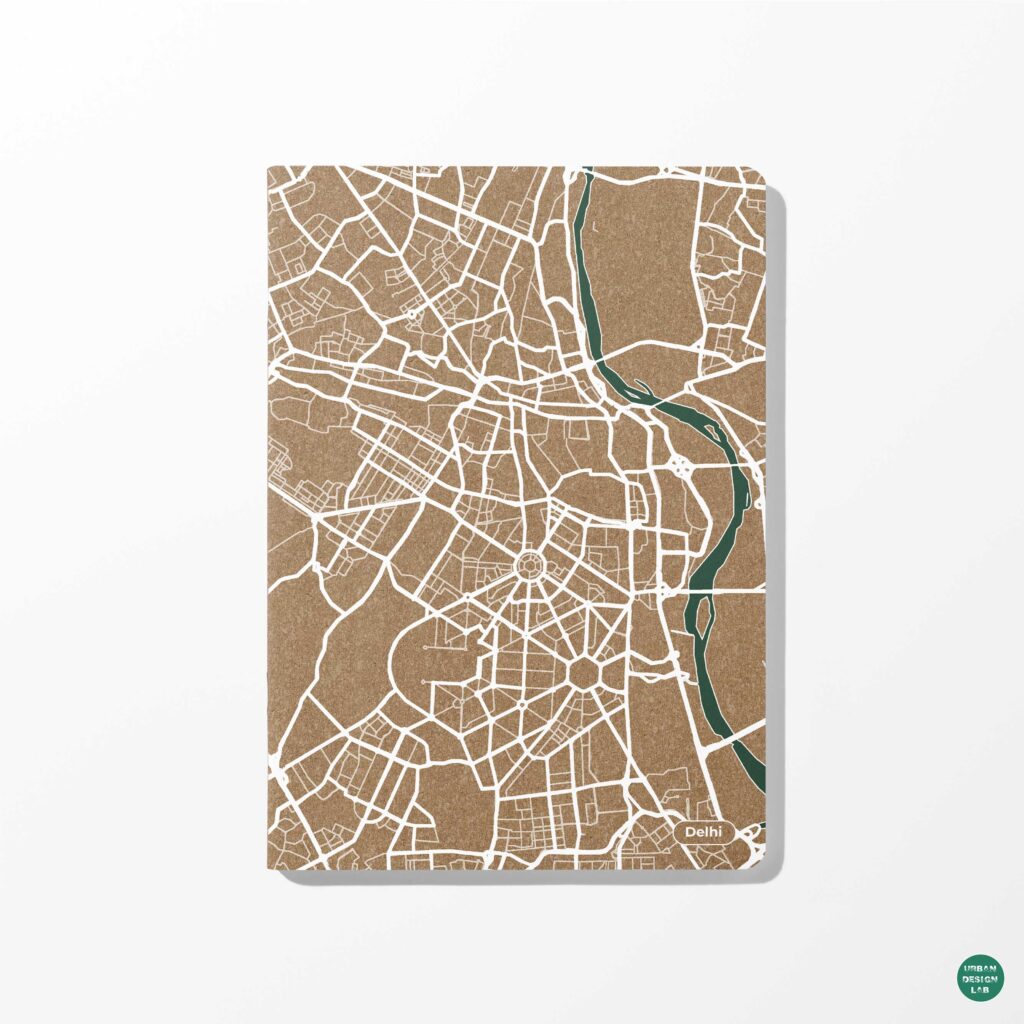
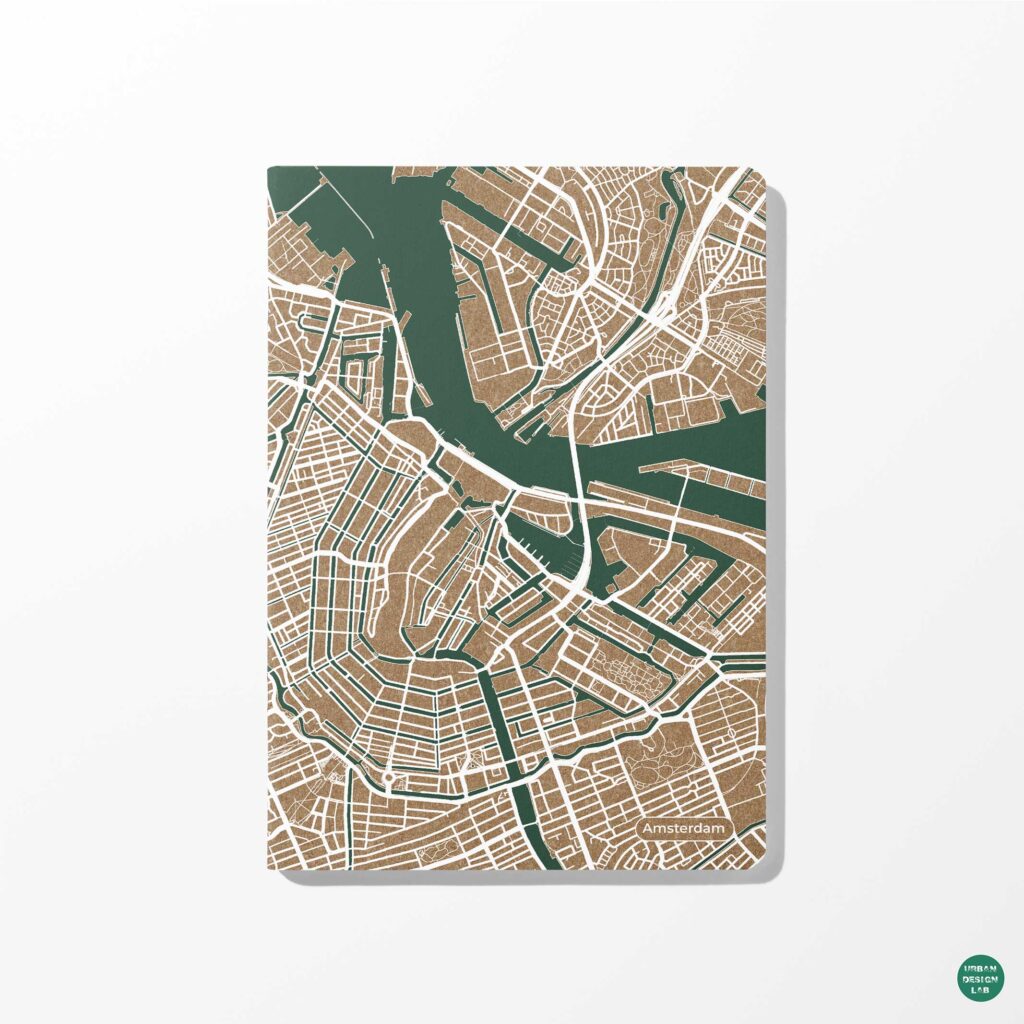
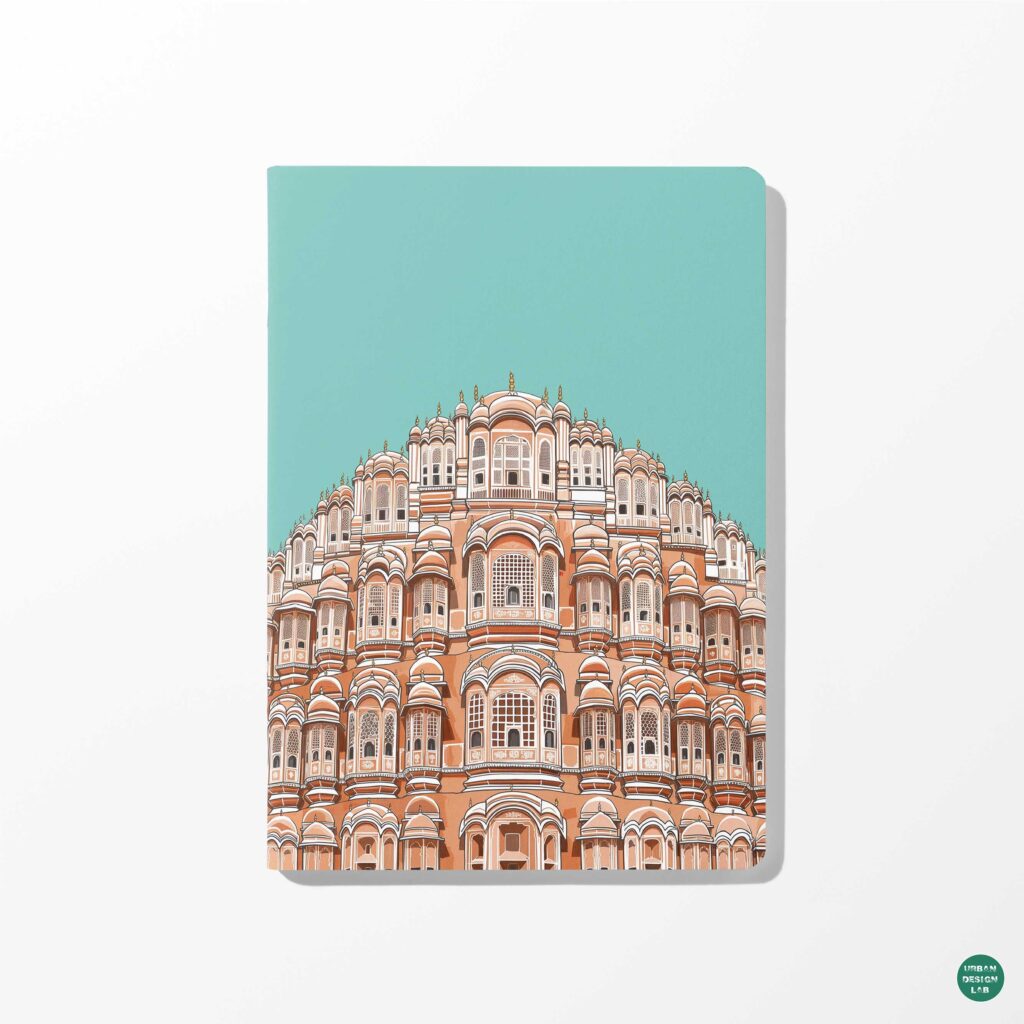
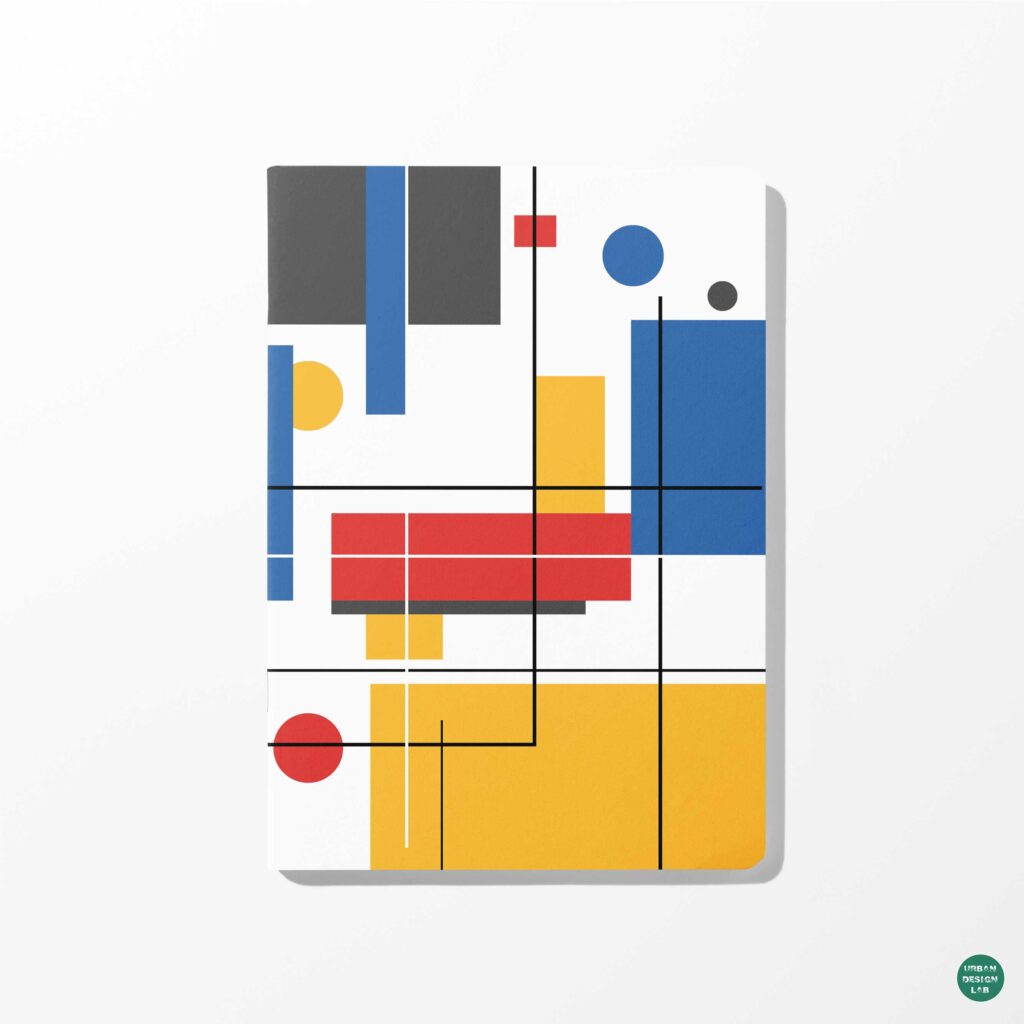
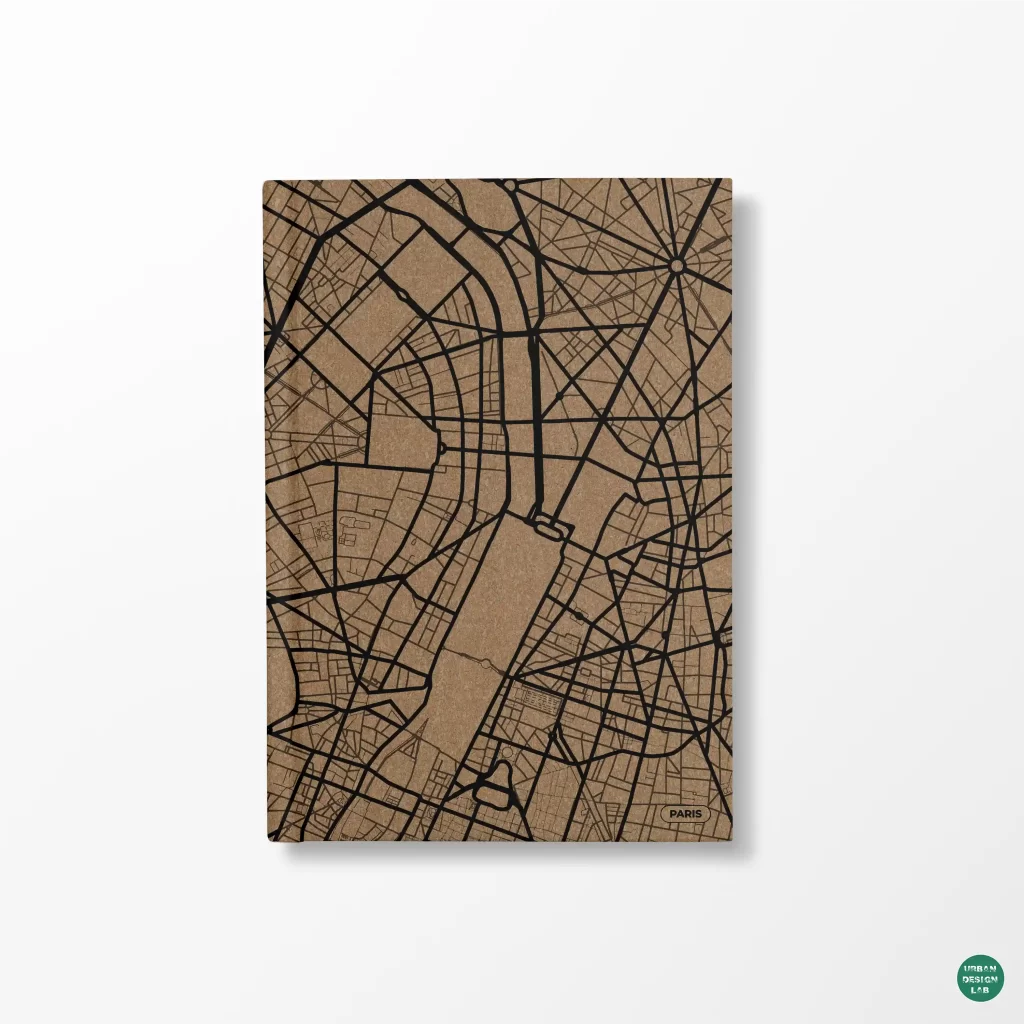
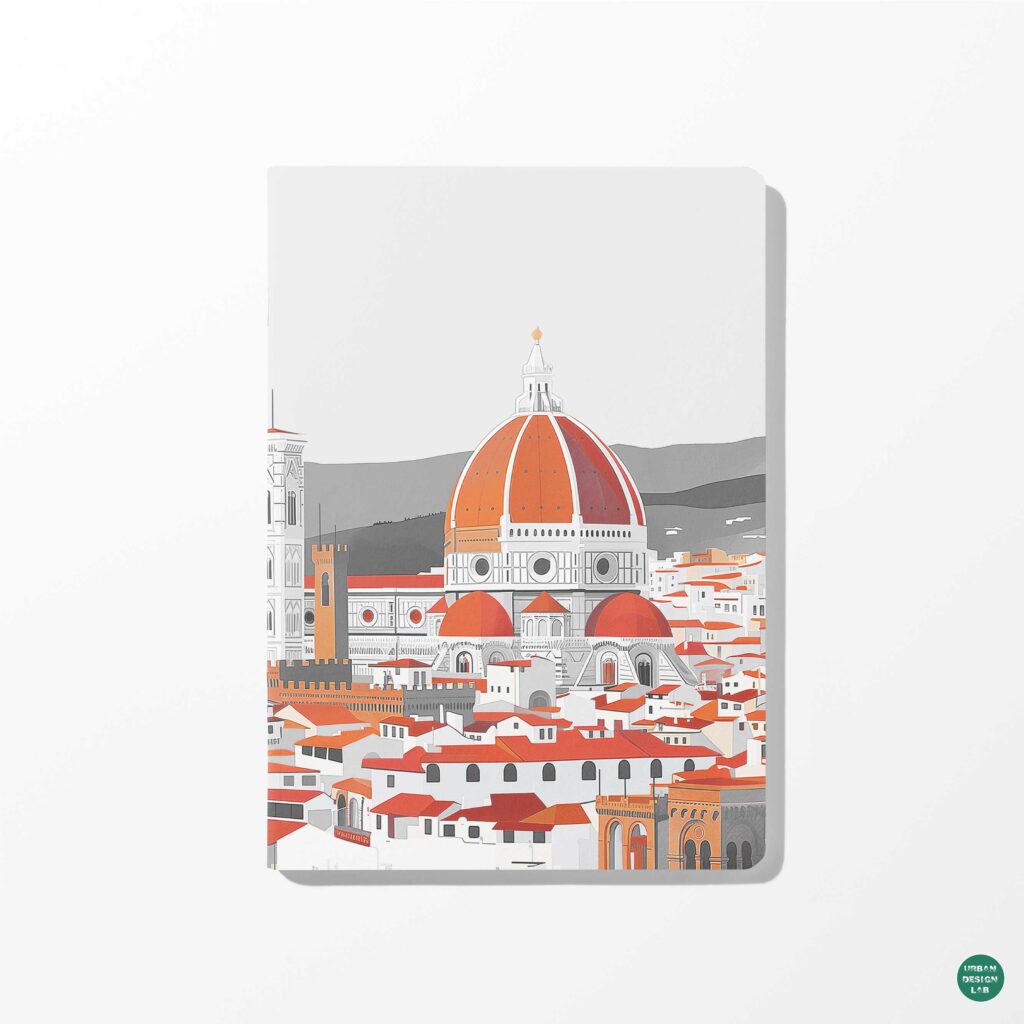
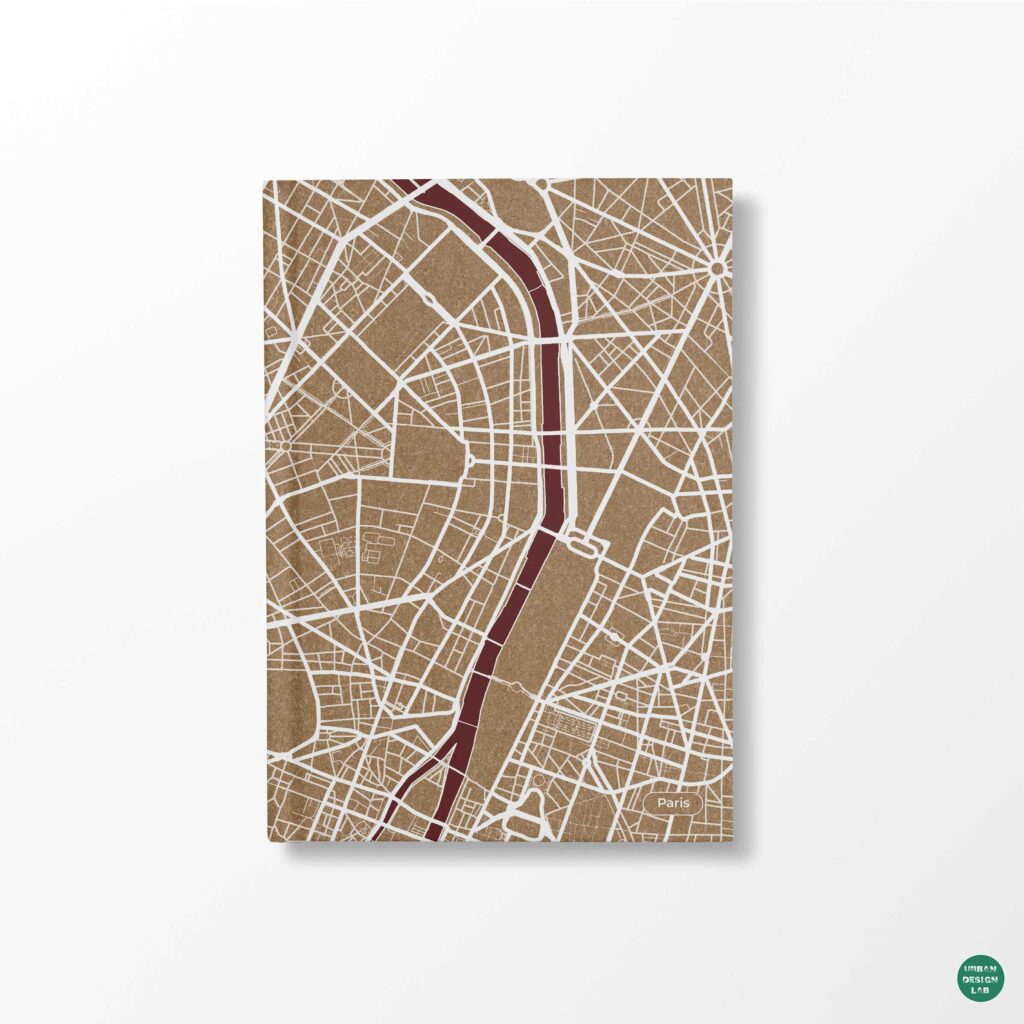
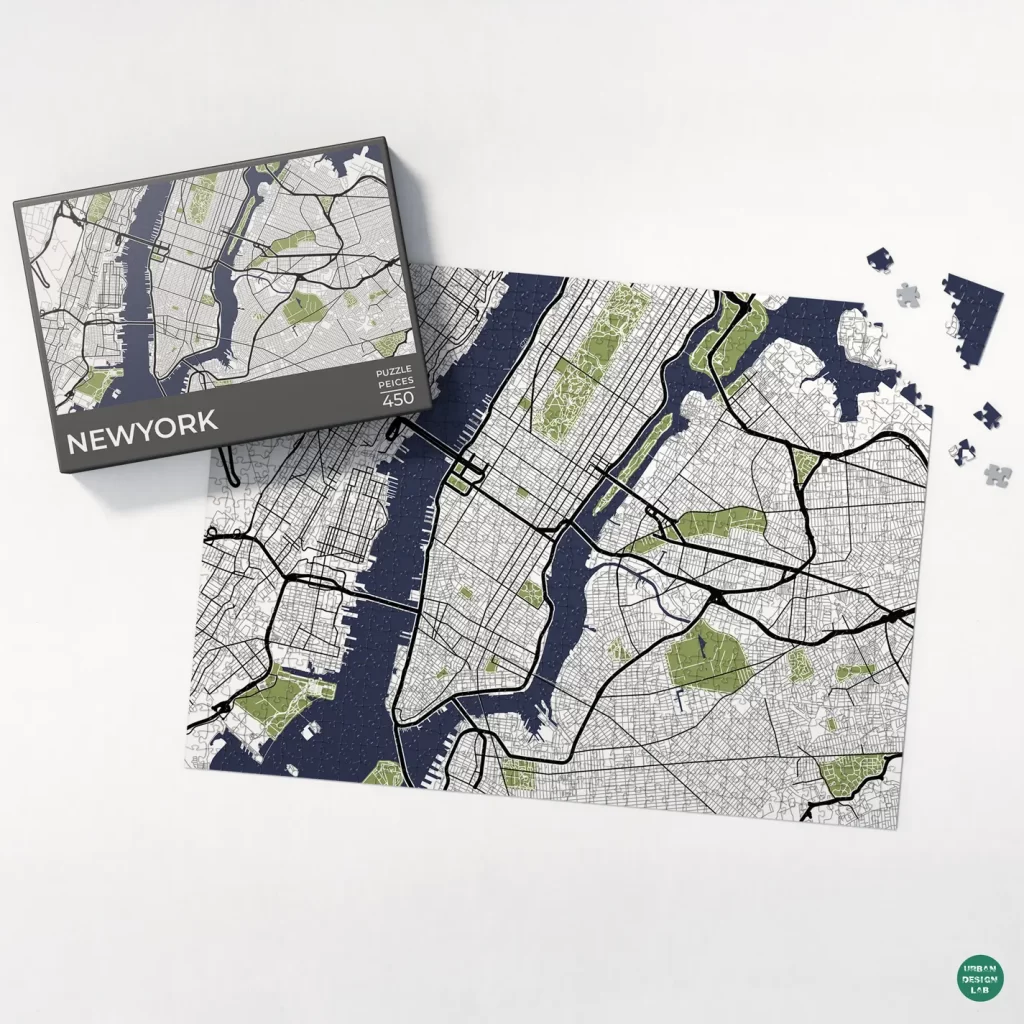
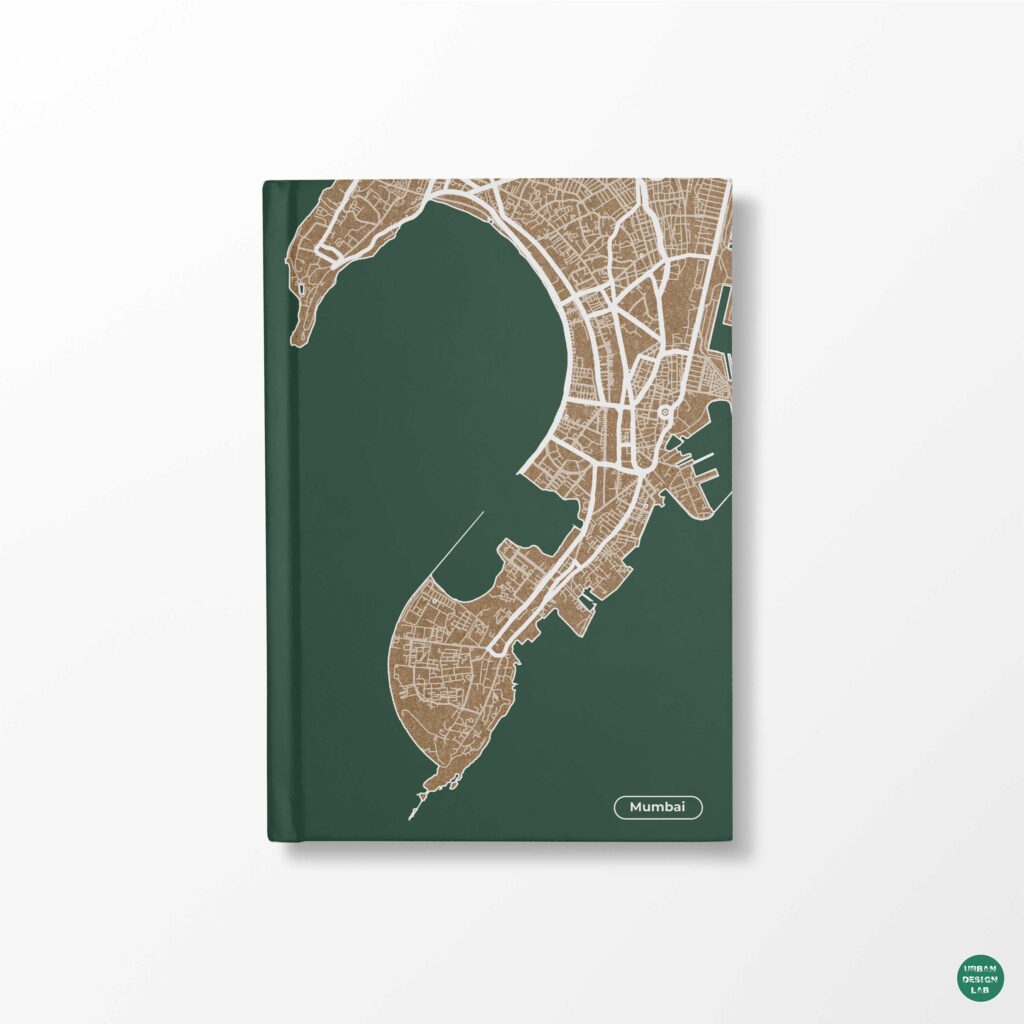
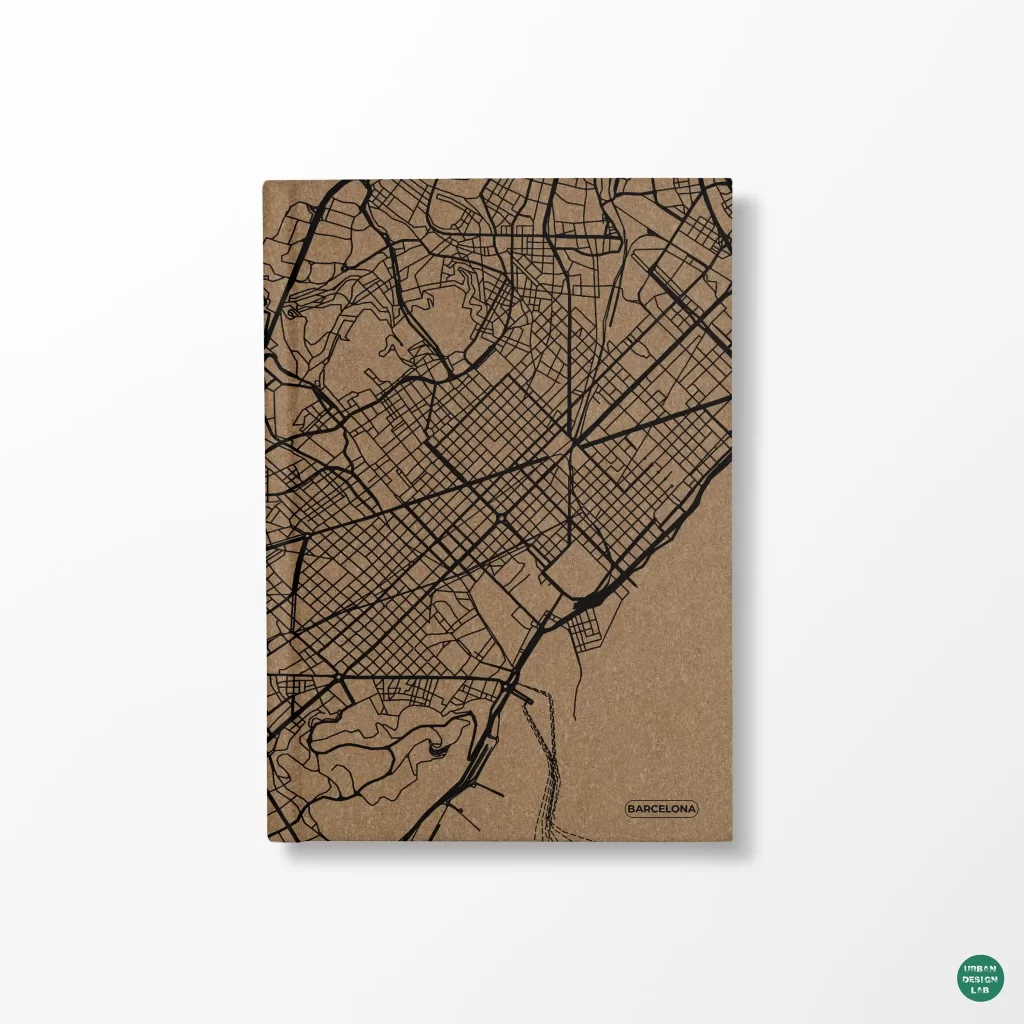
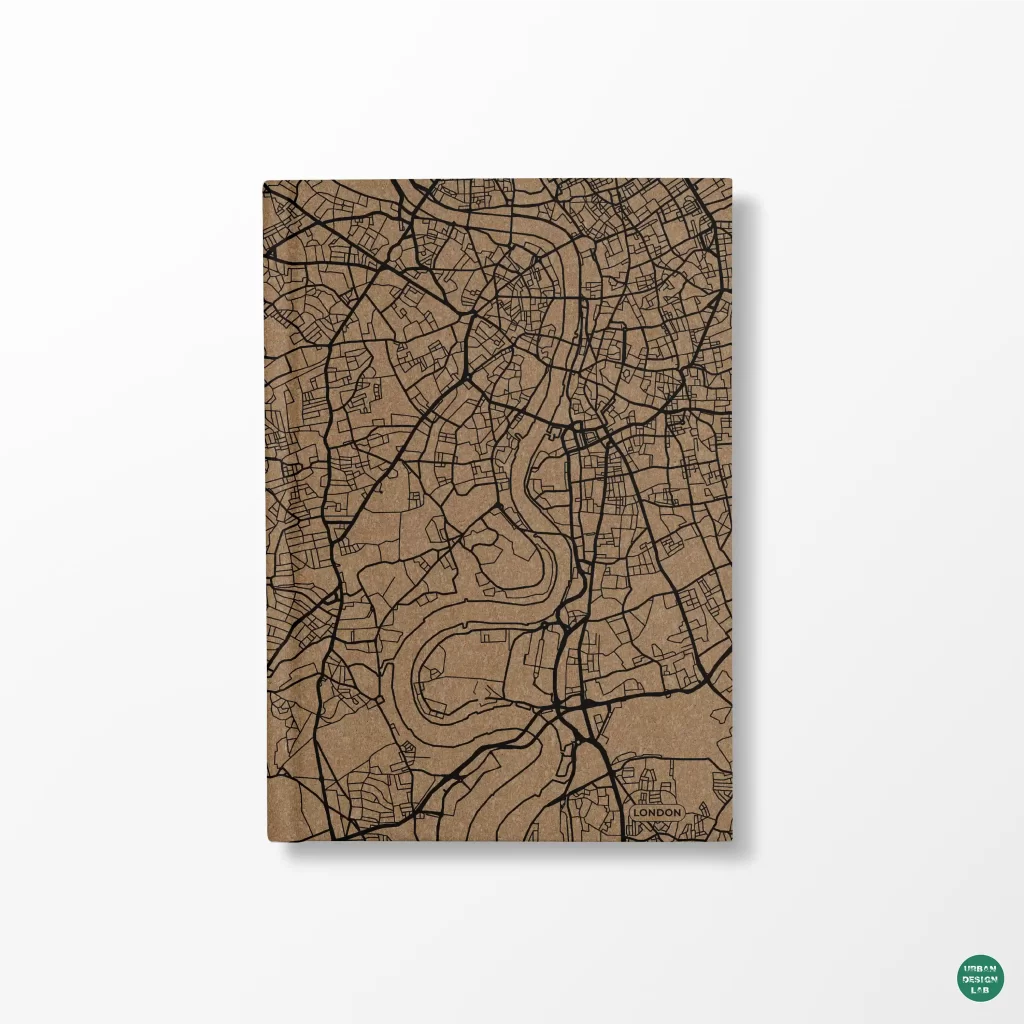
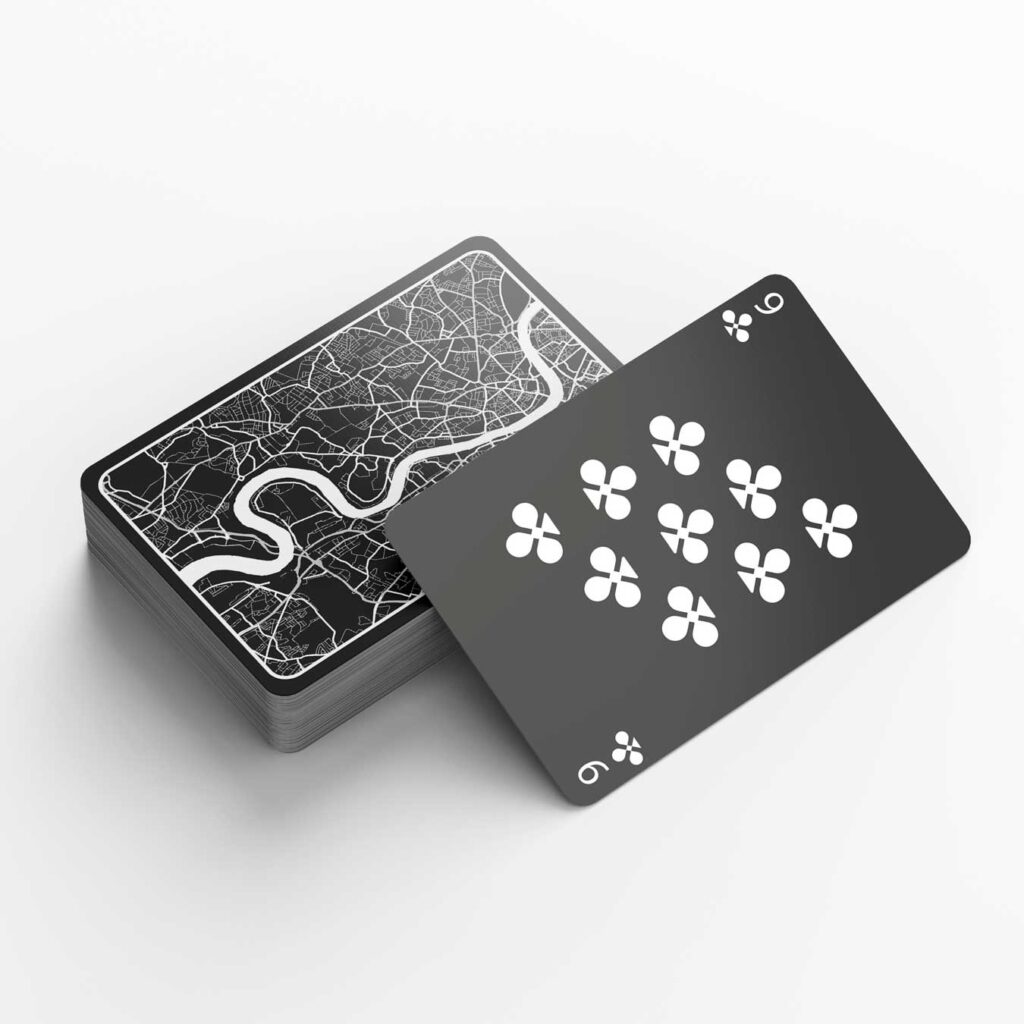
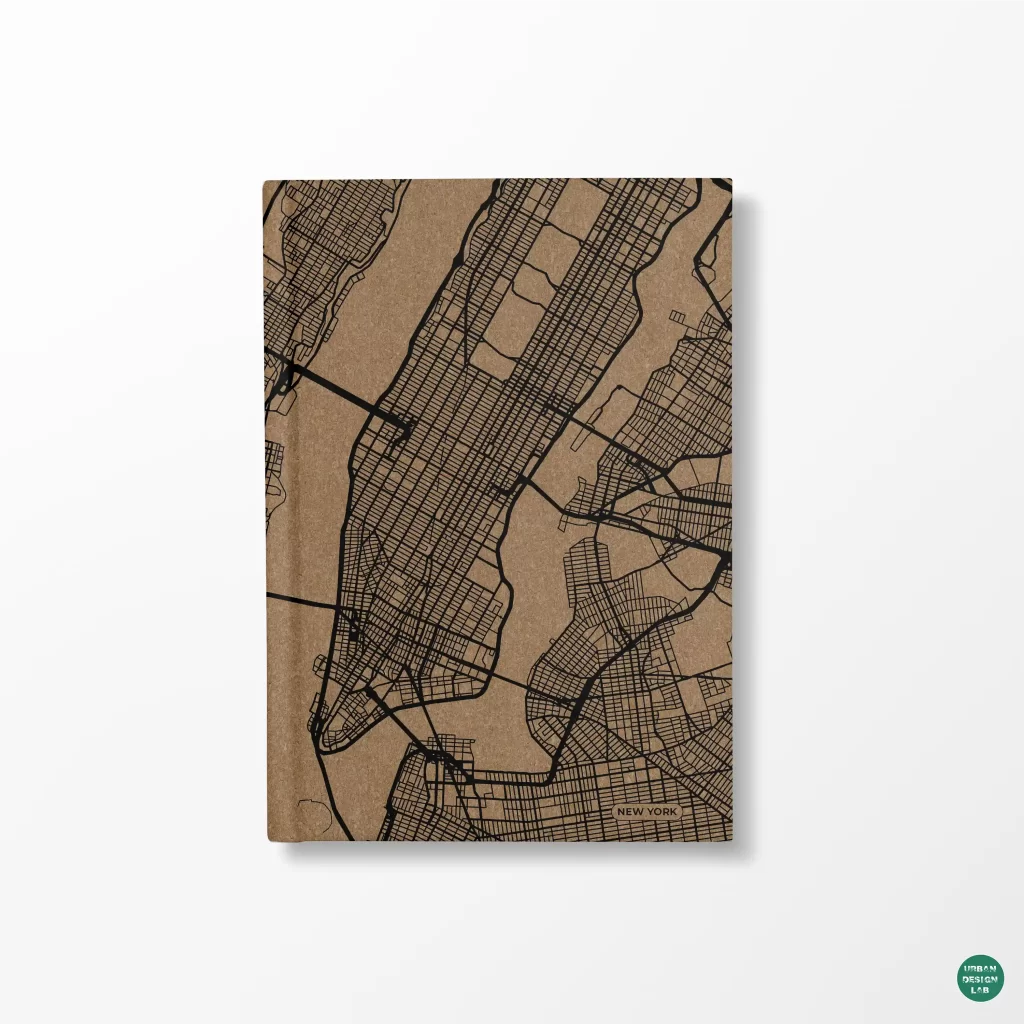
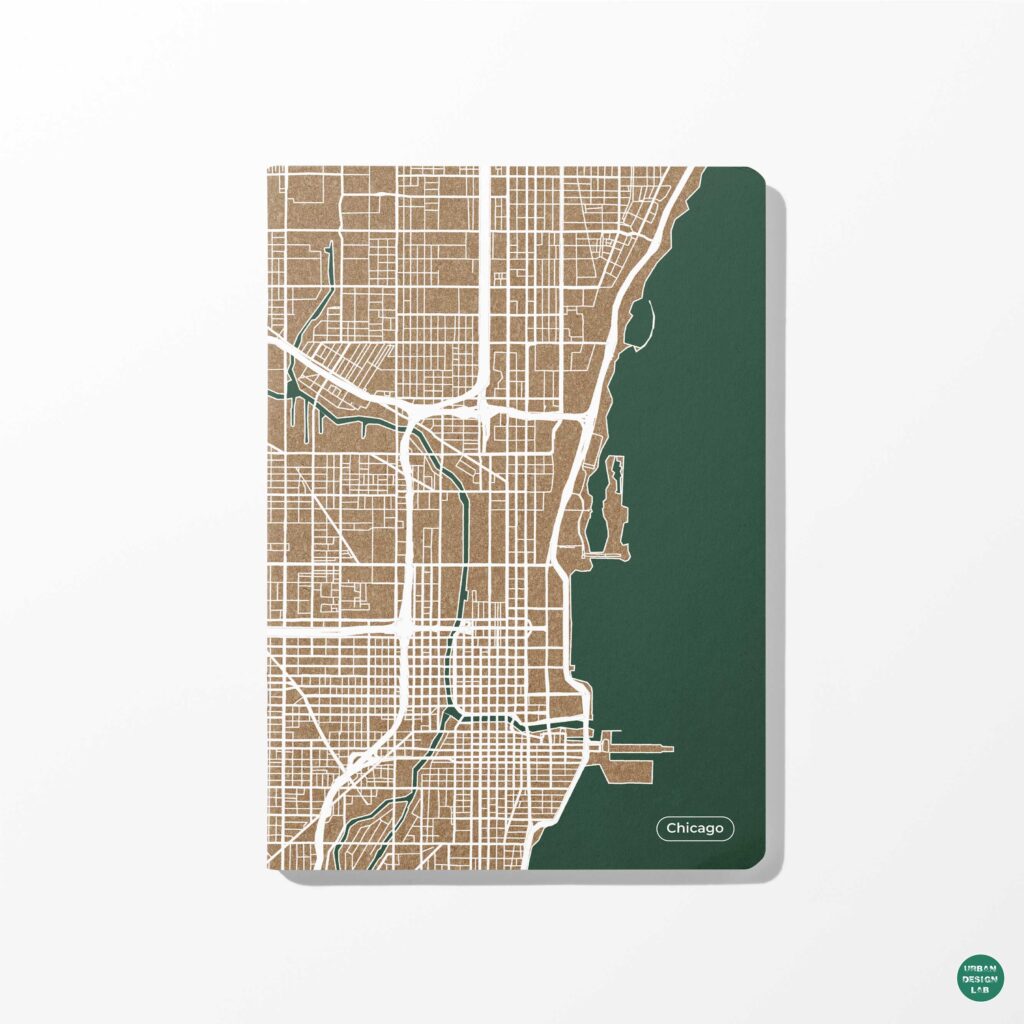
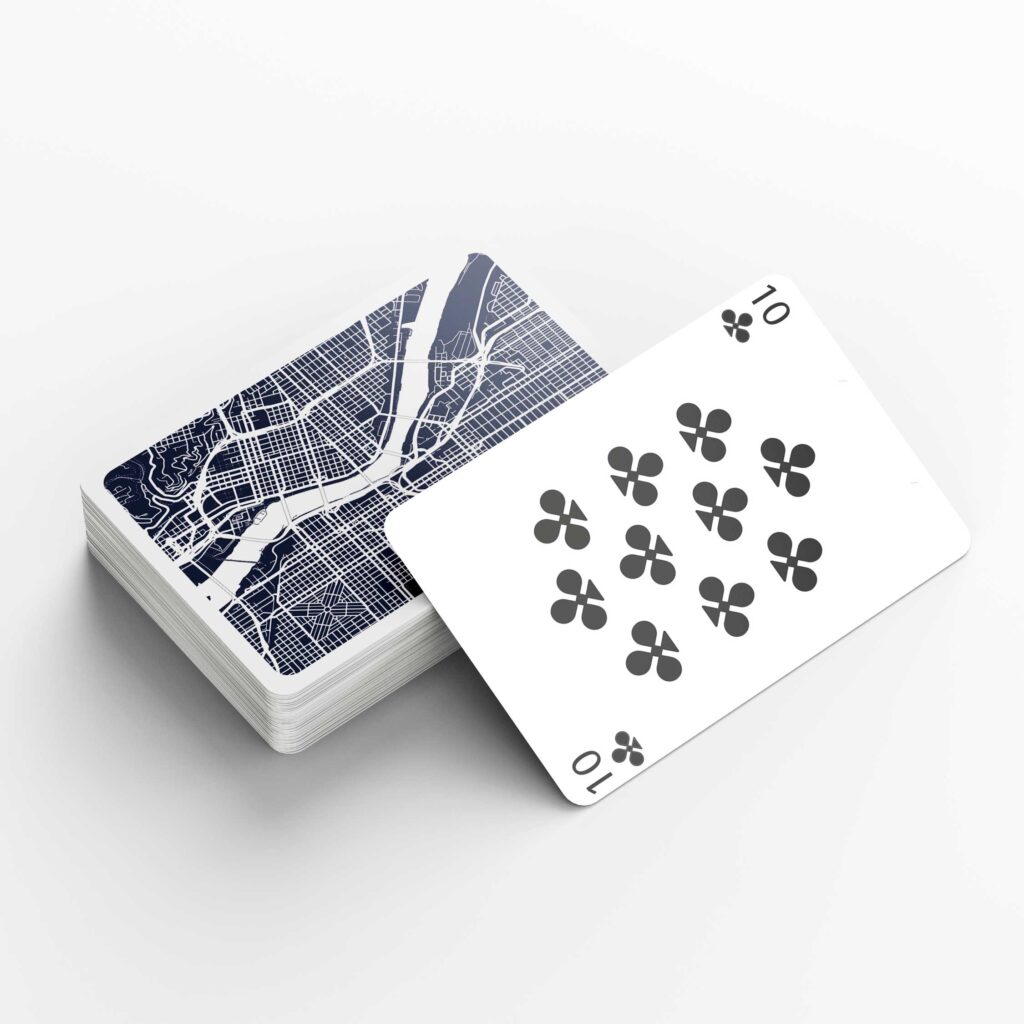
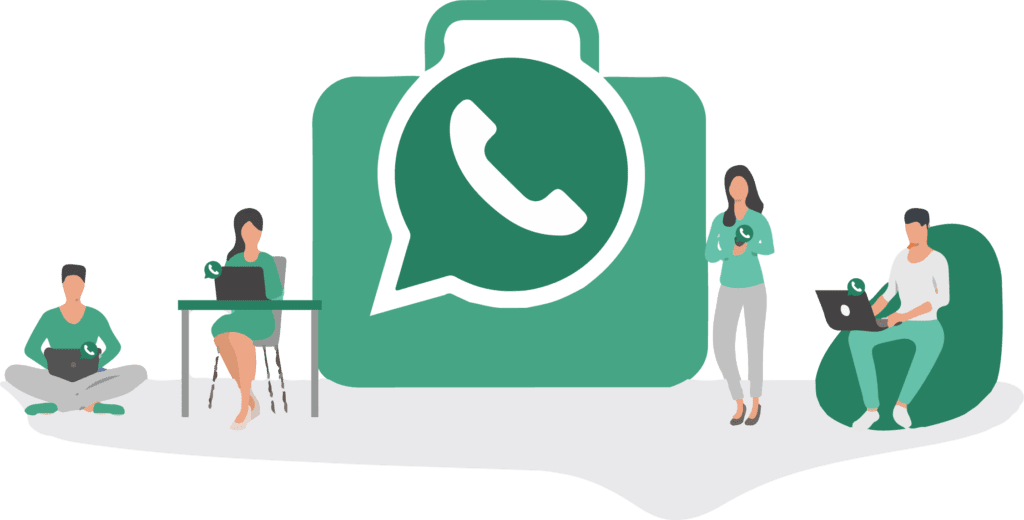
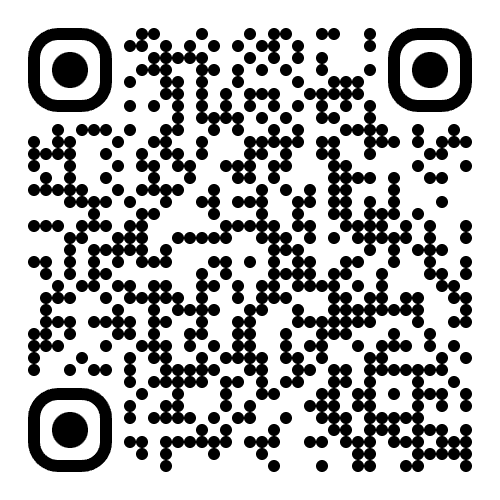
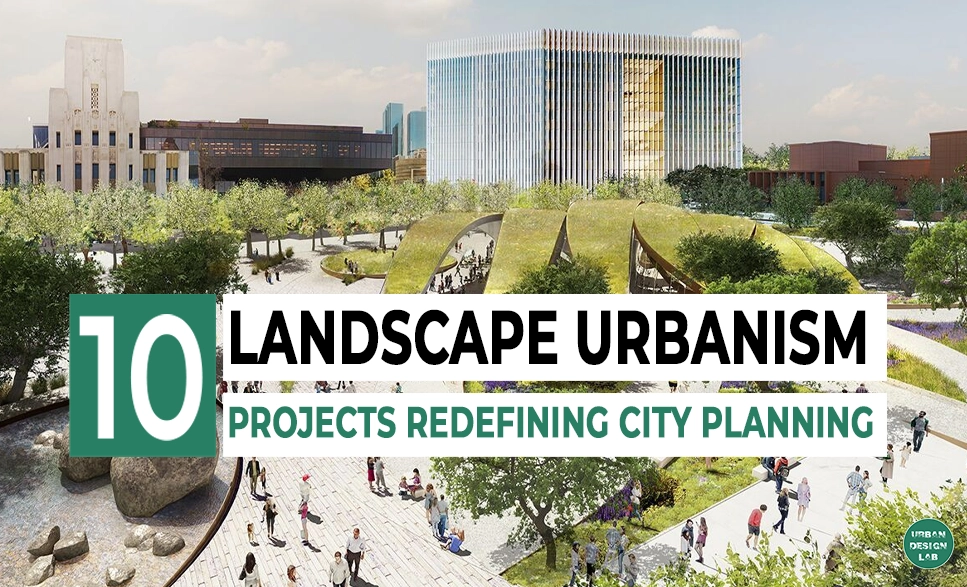
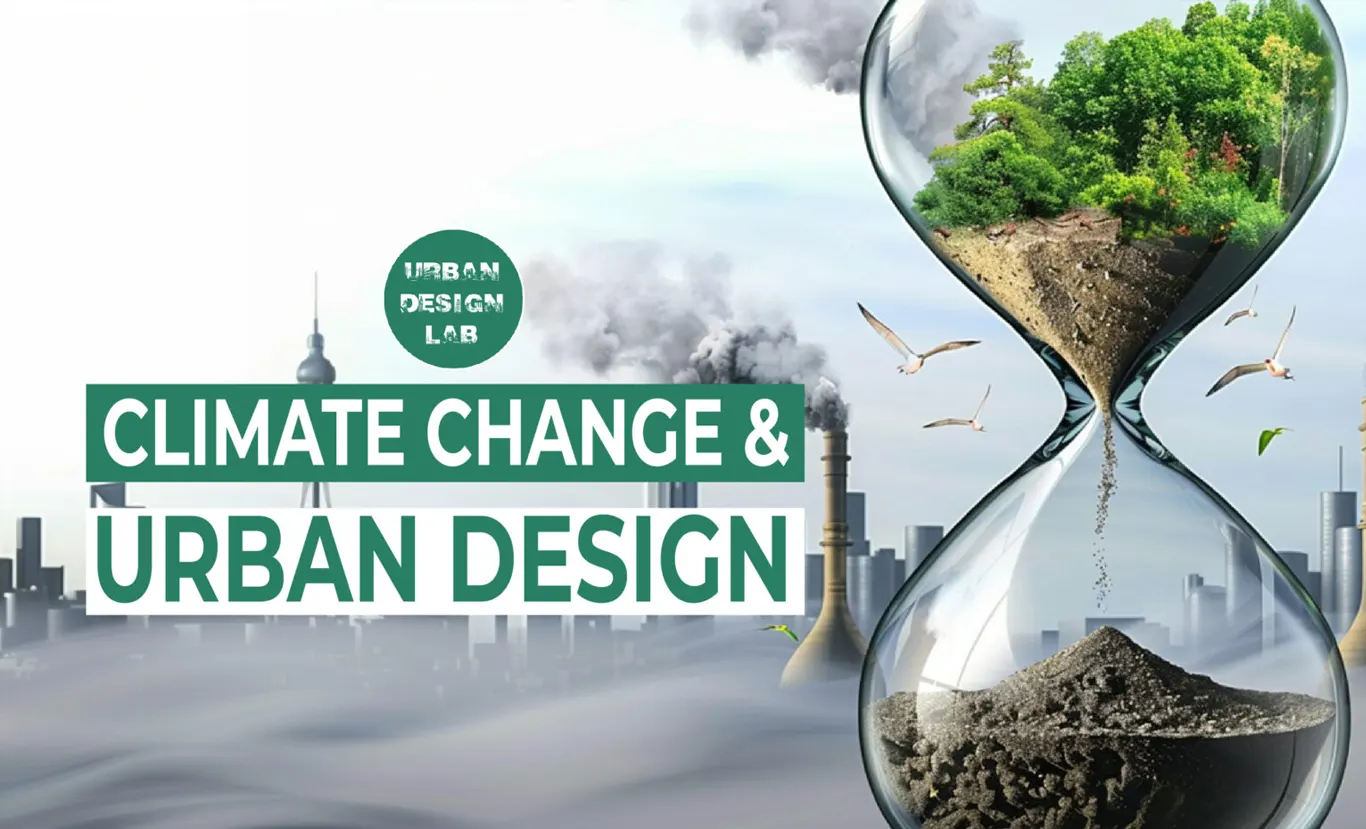
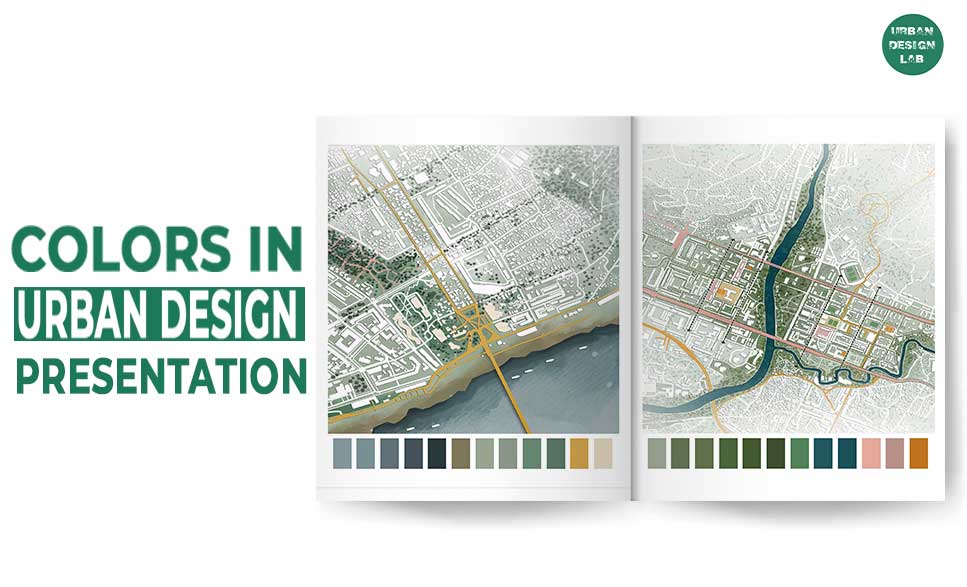
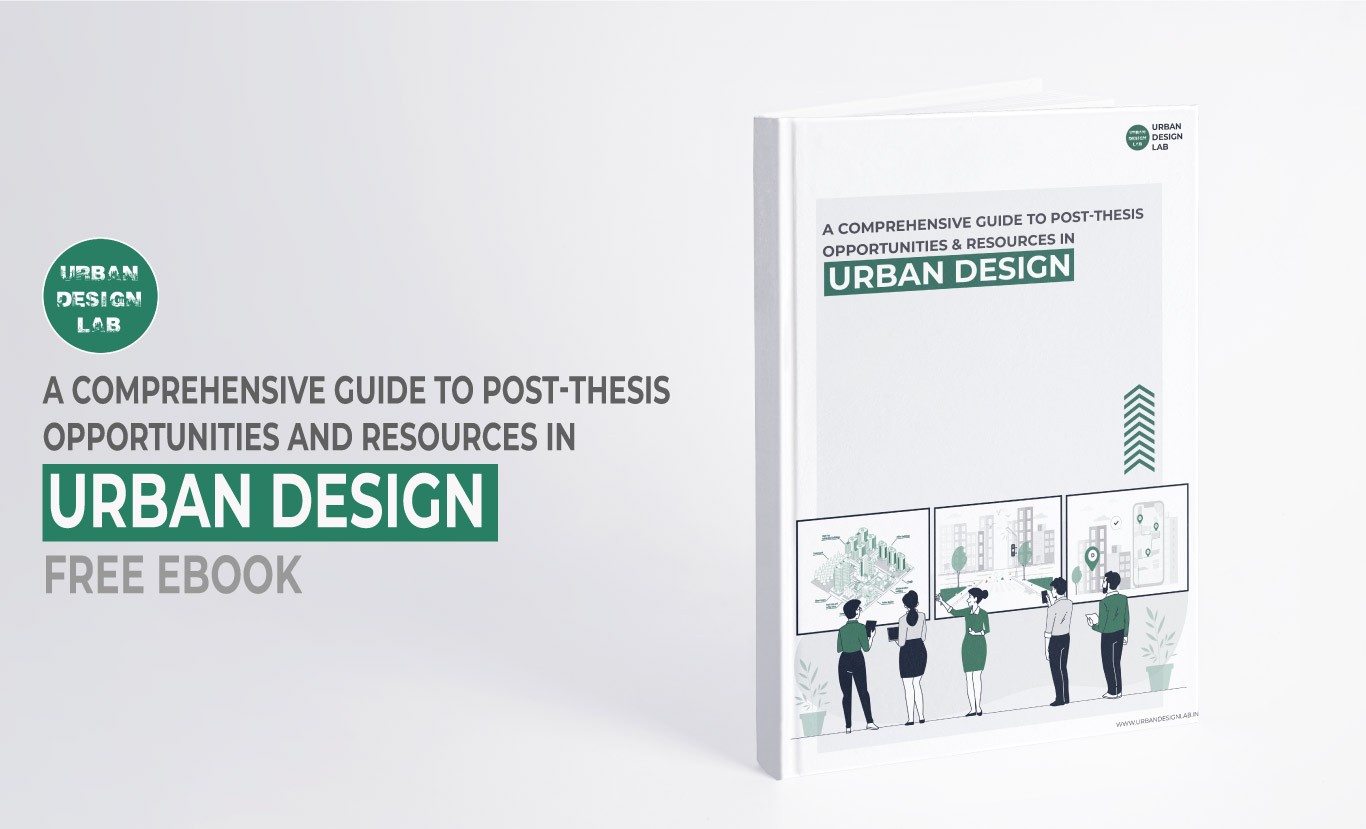




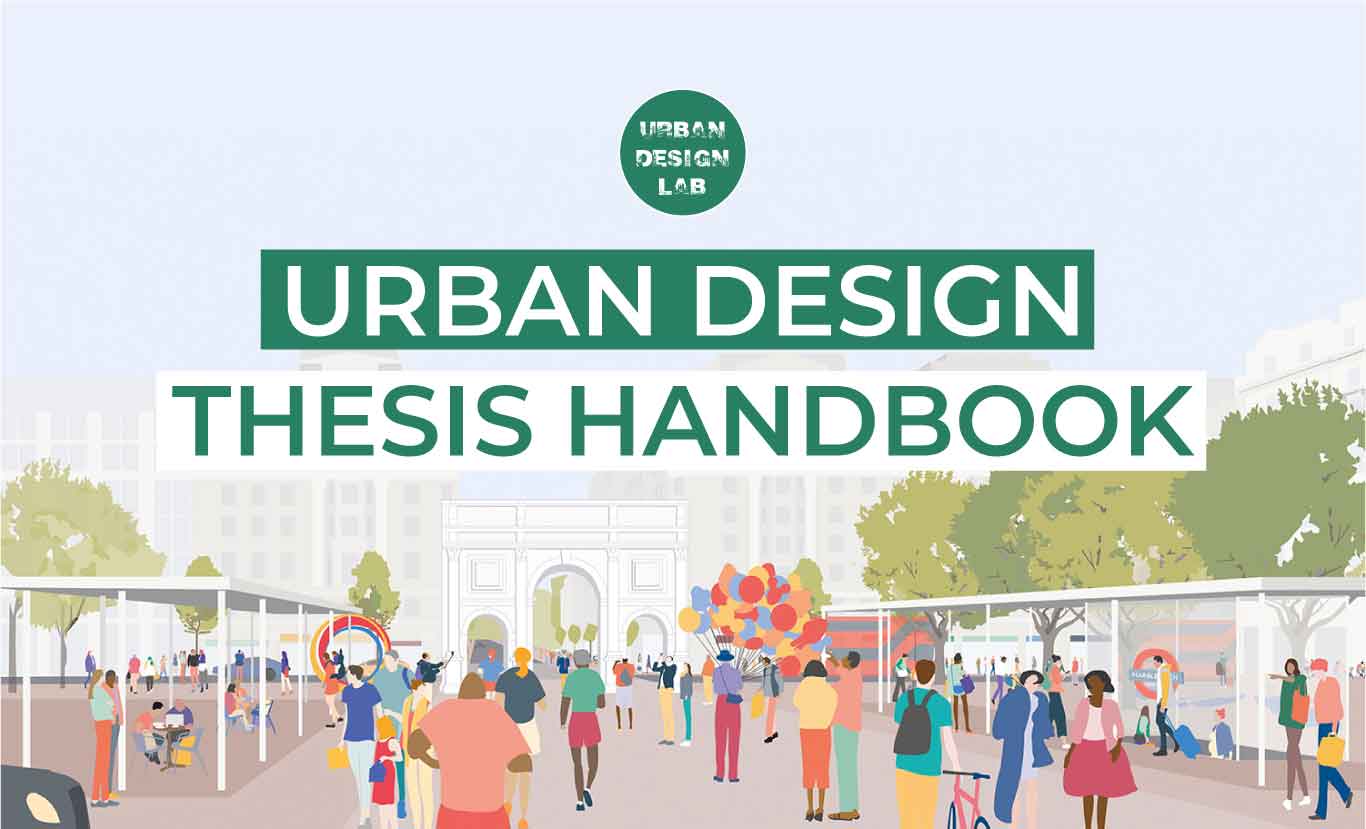
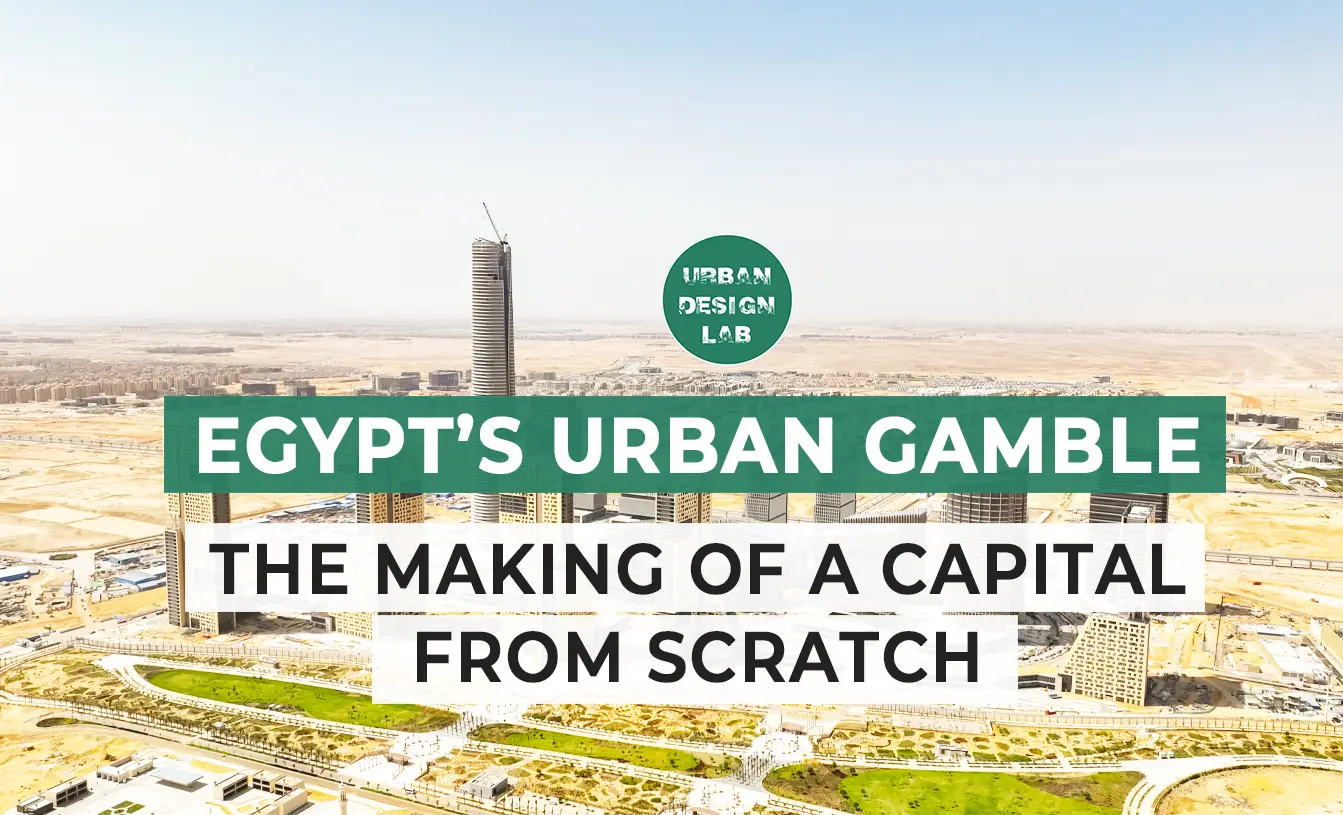
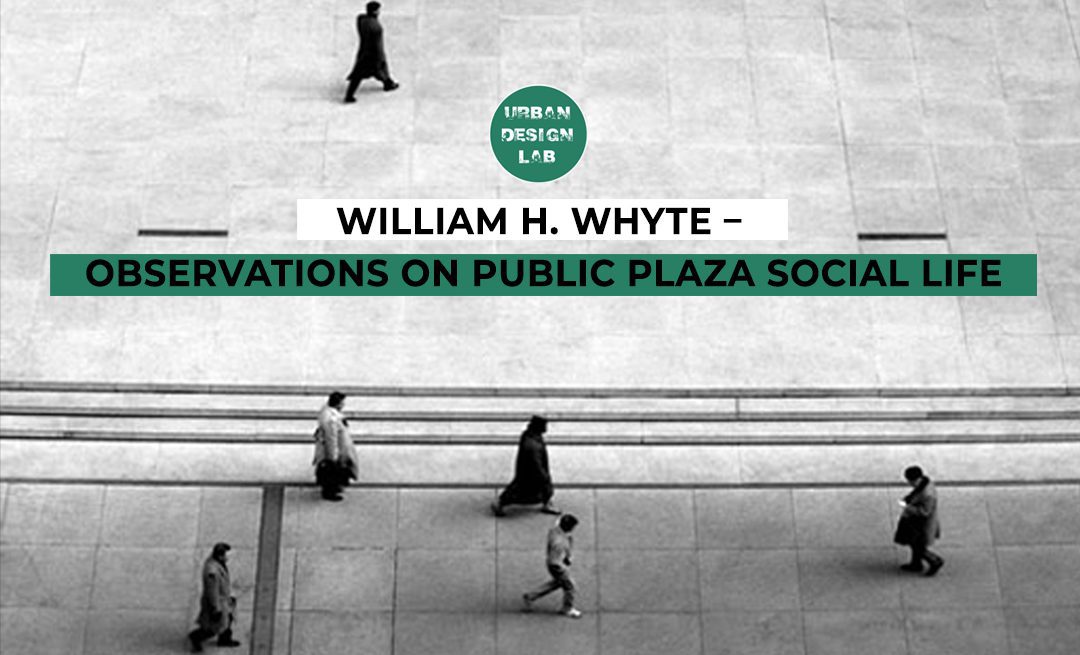

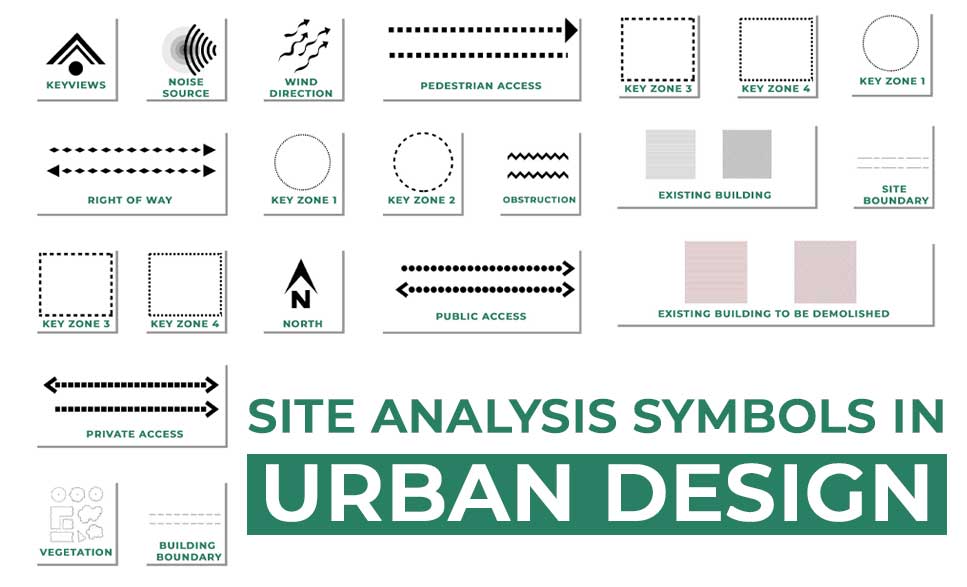
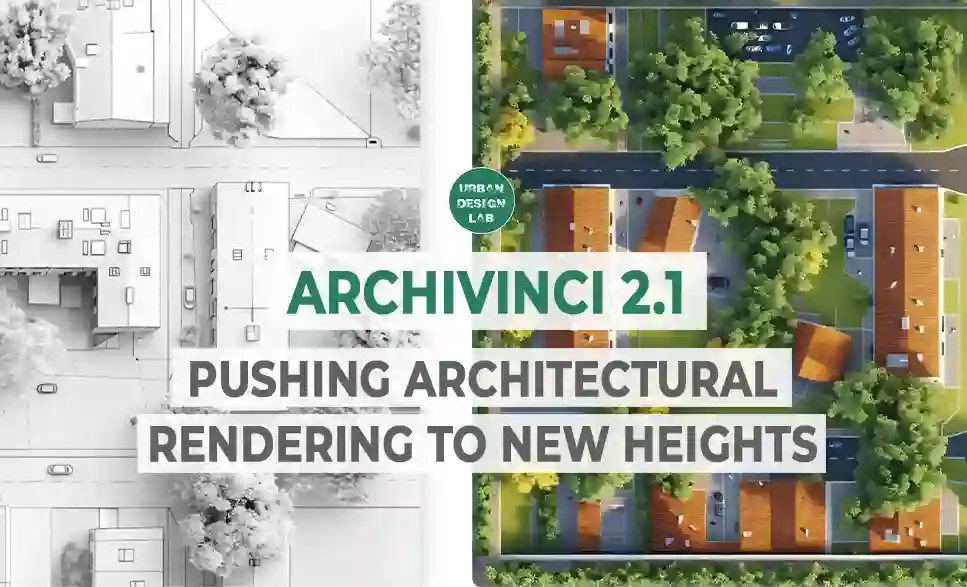
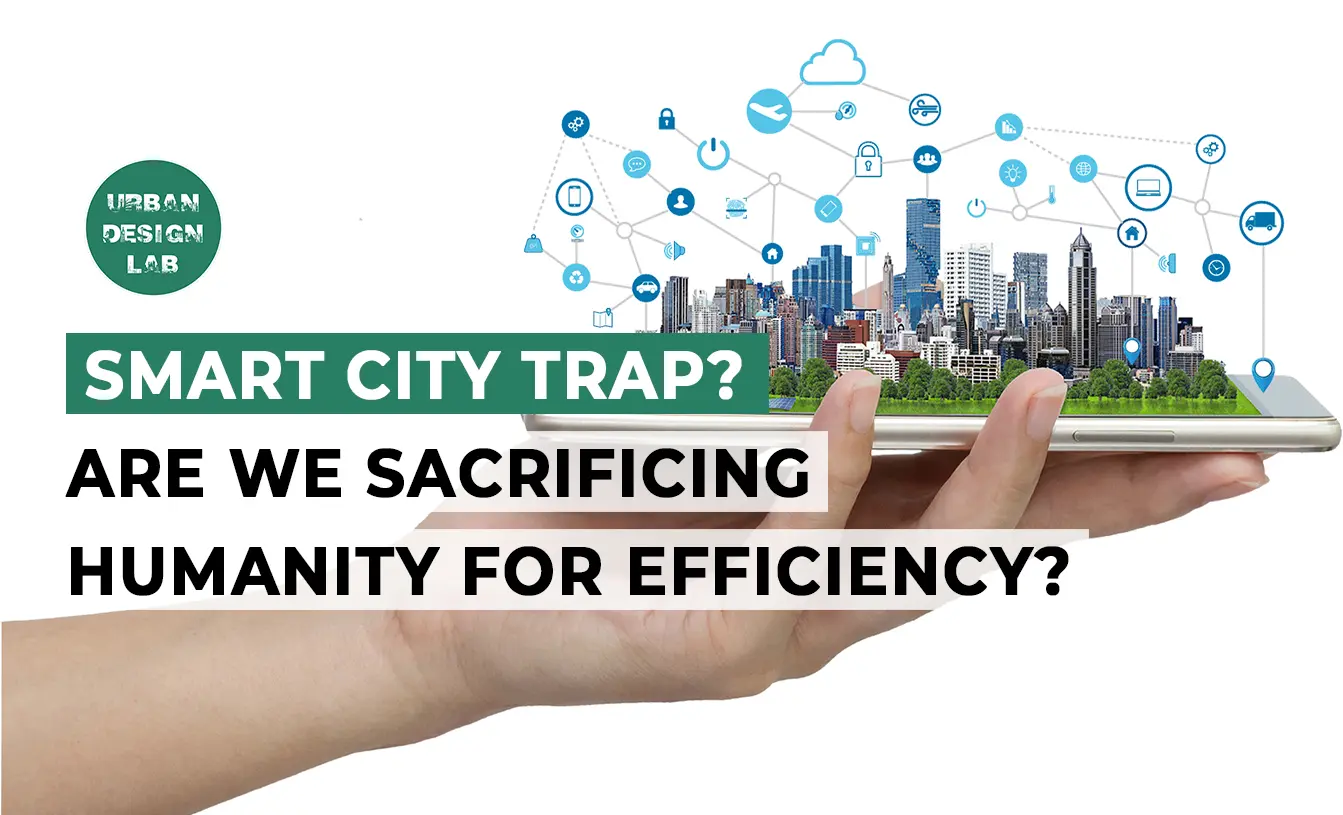
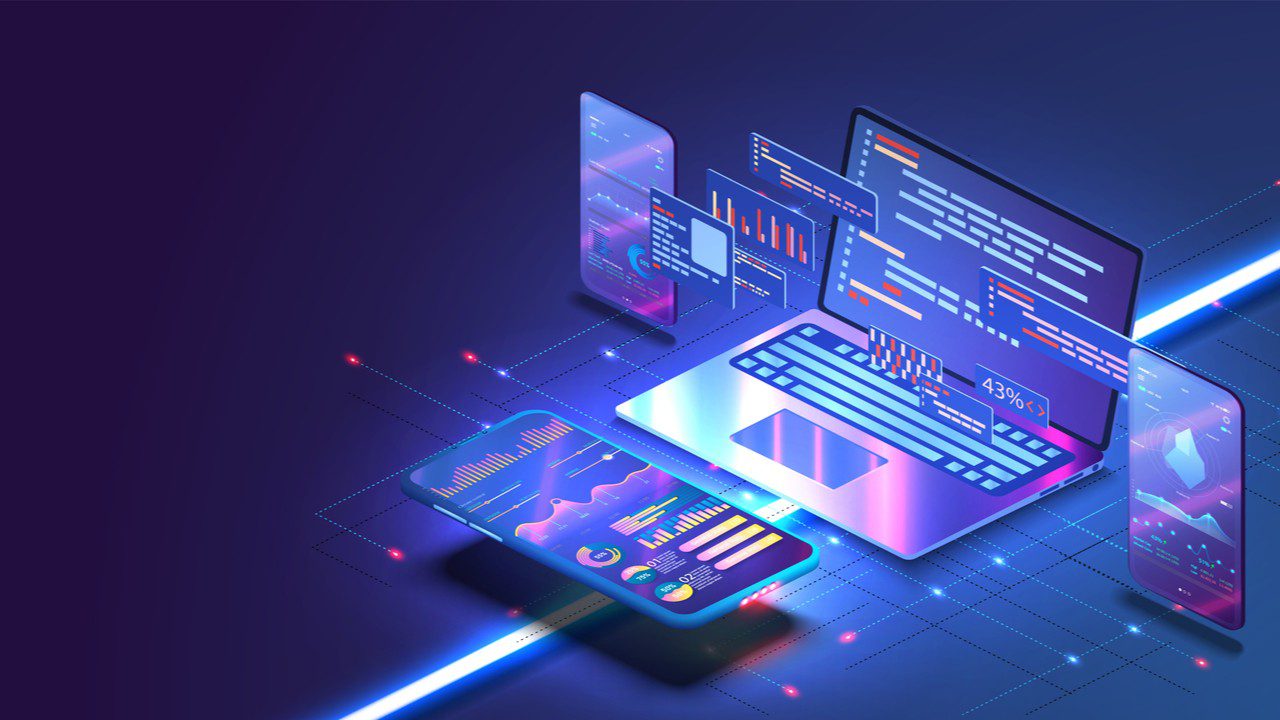
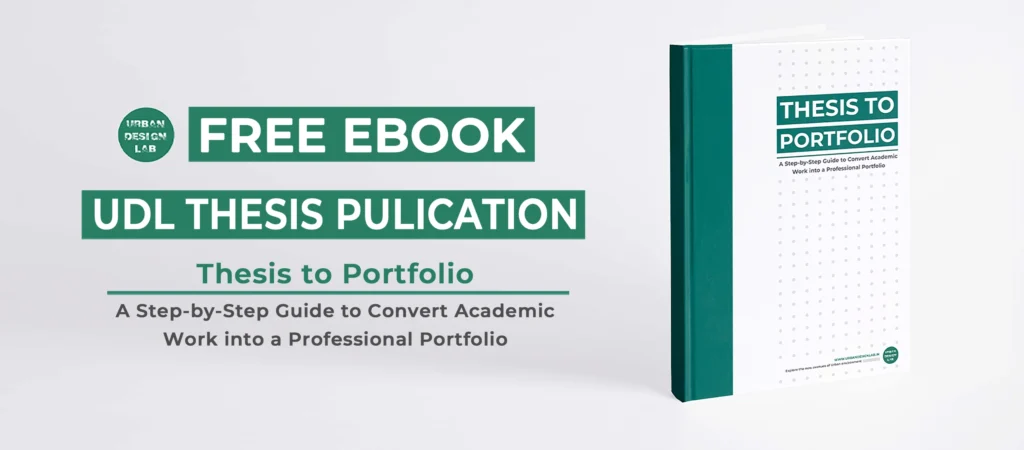
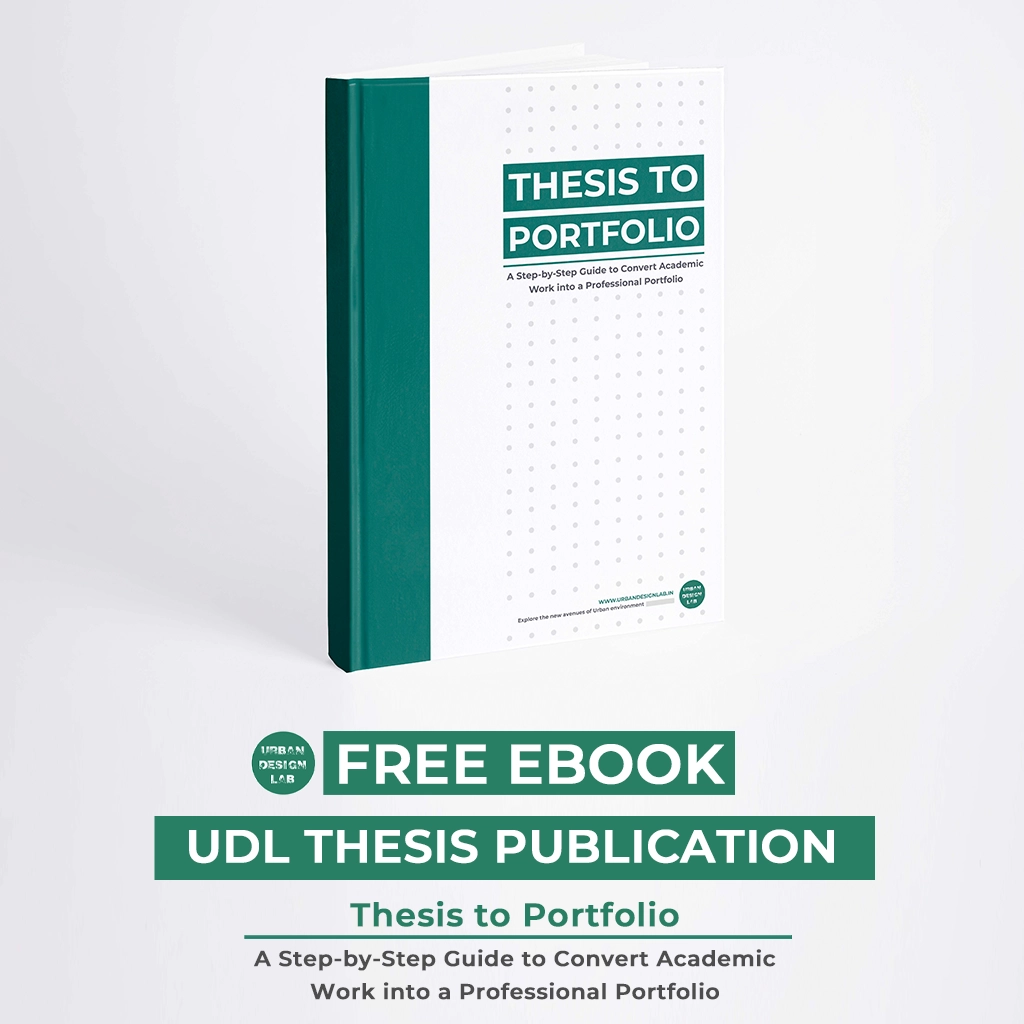
2 Comments
Wow very insightful !
Very insightful